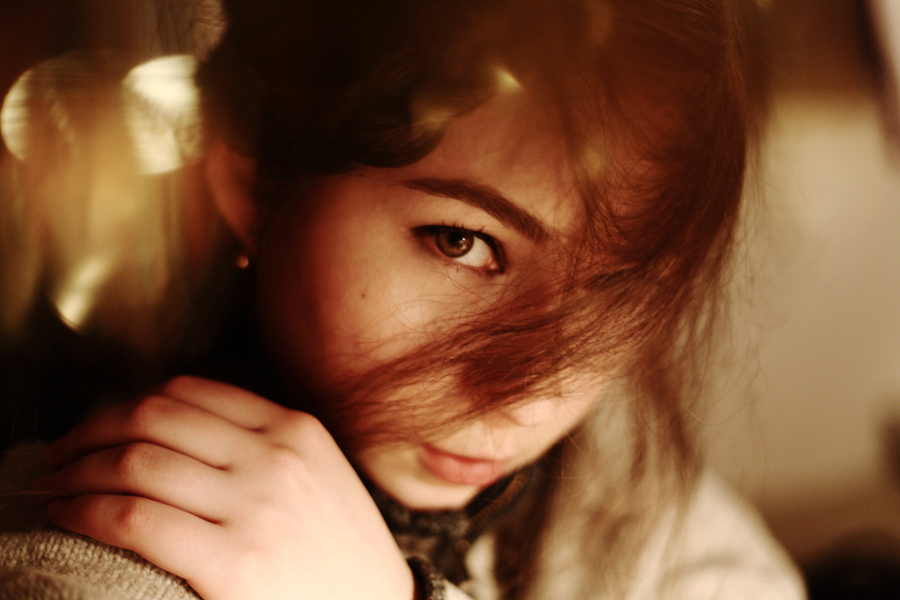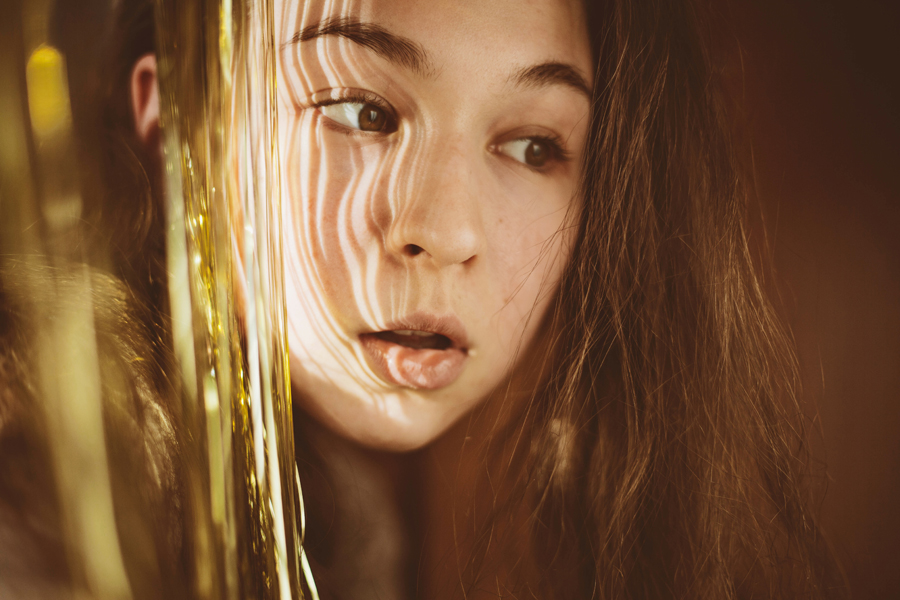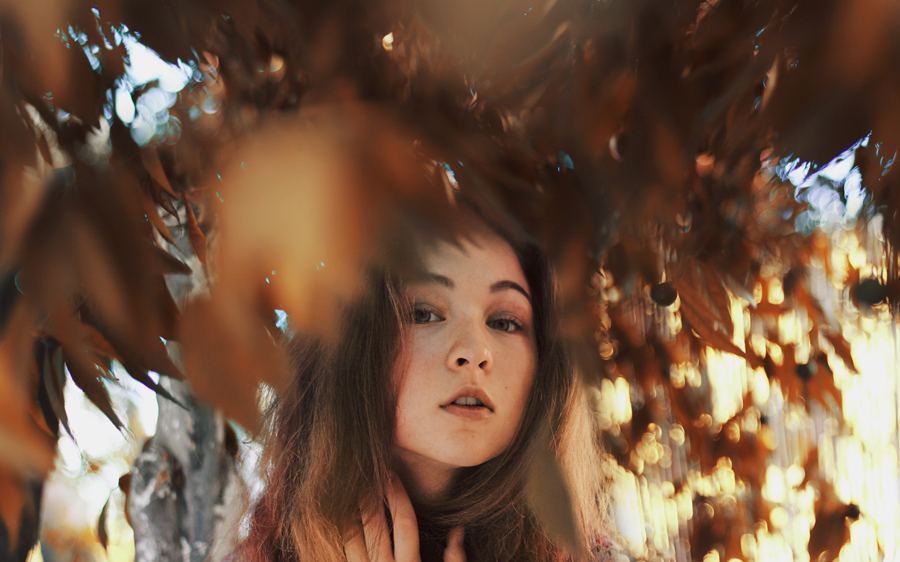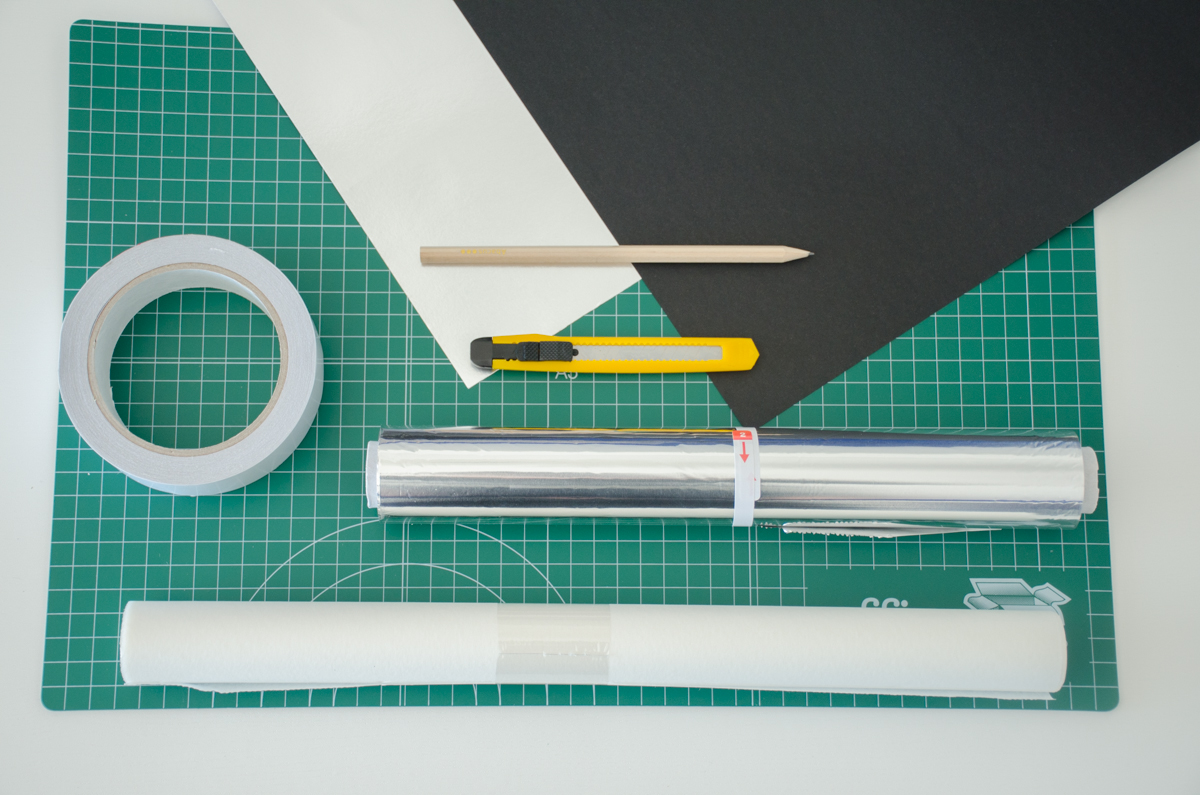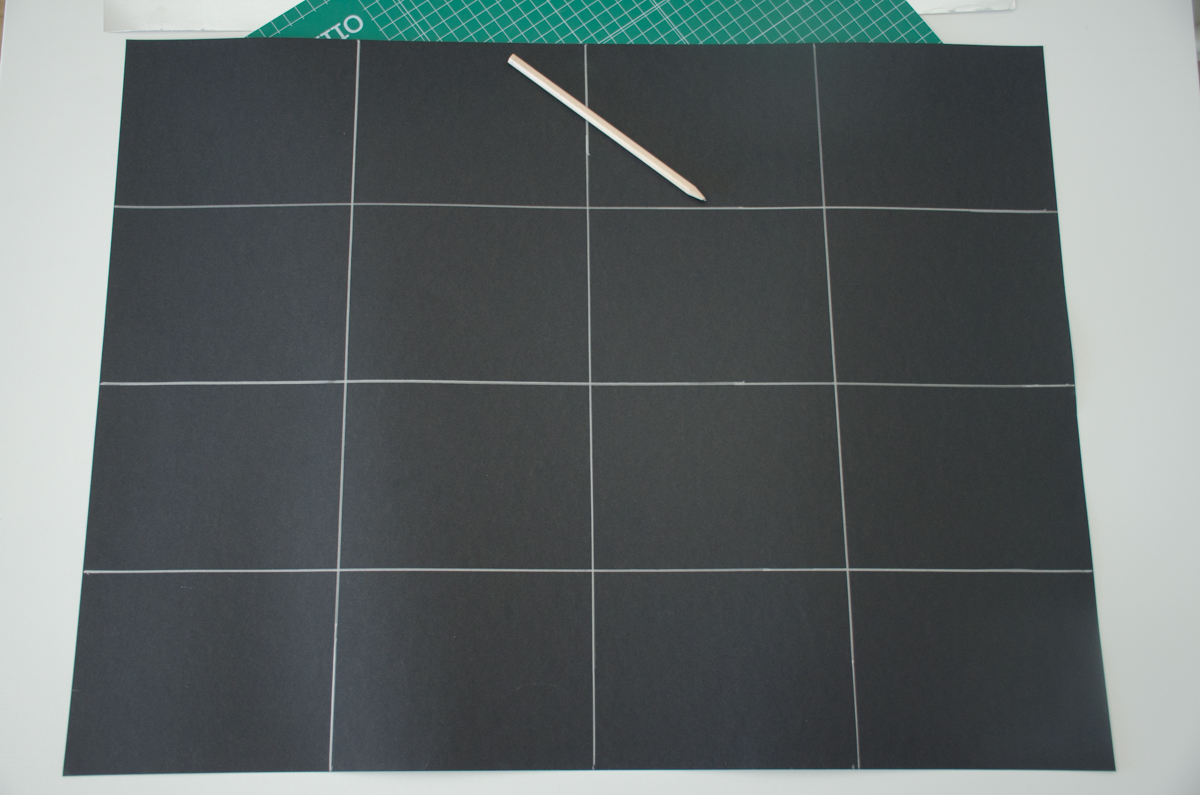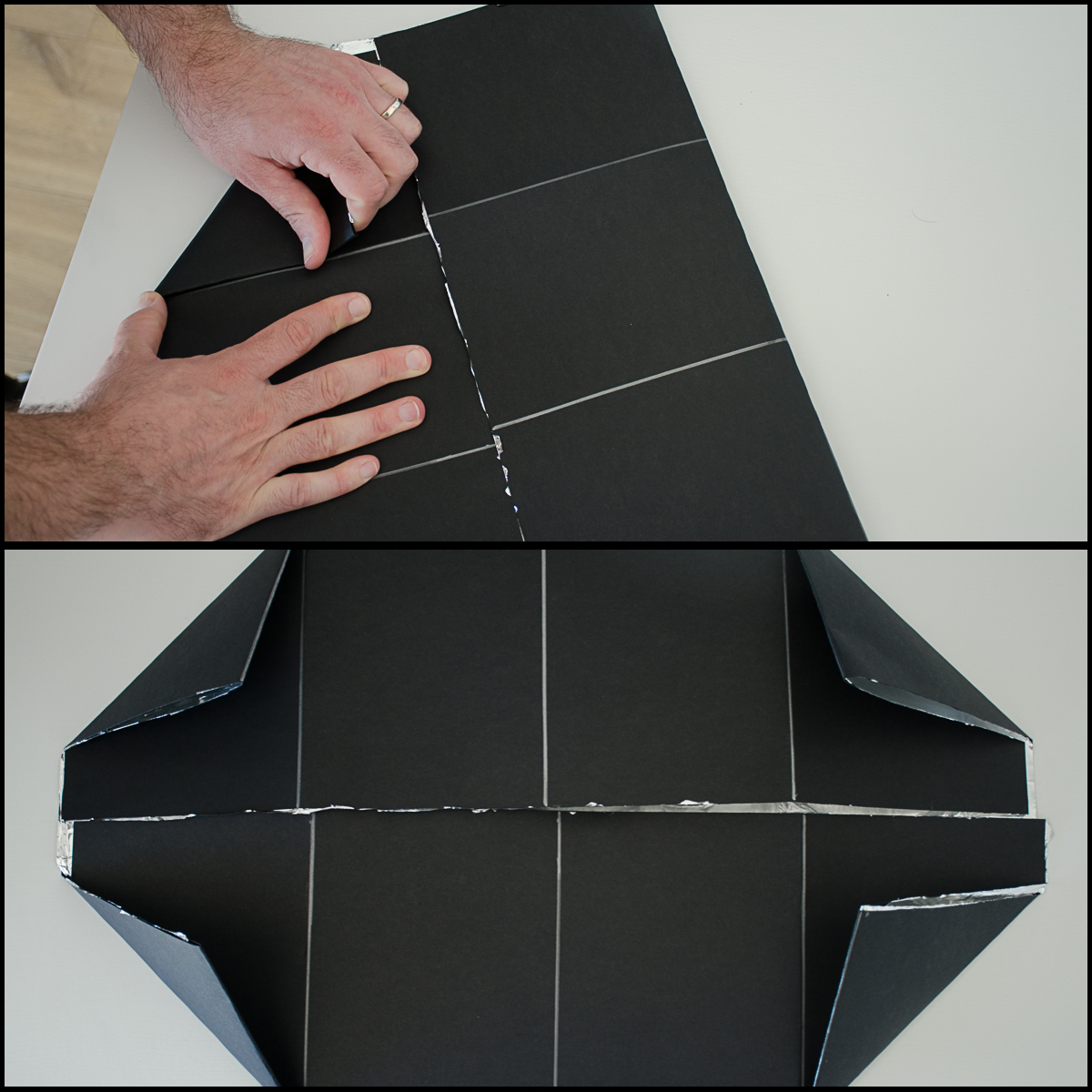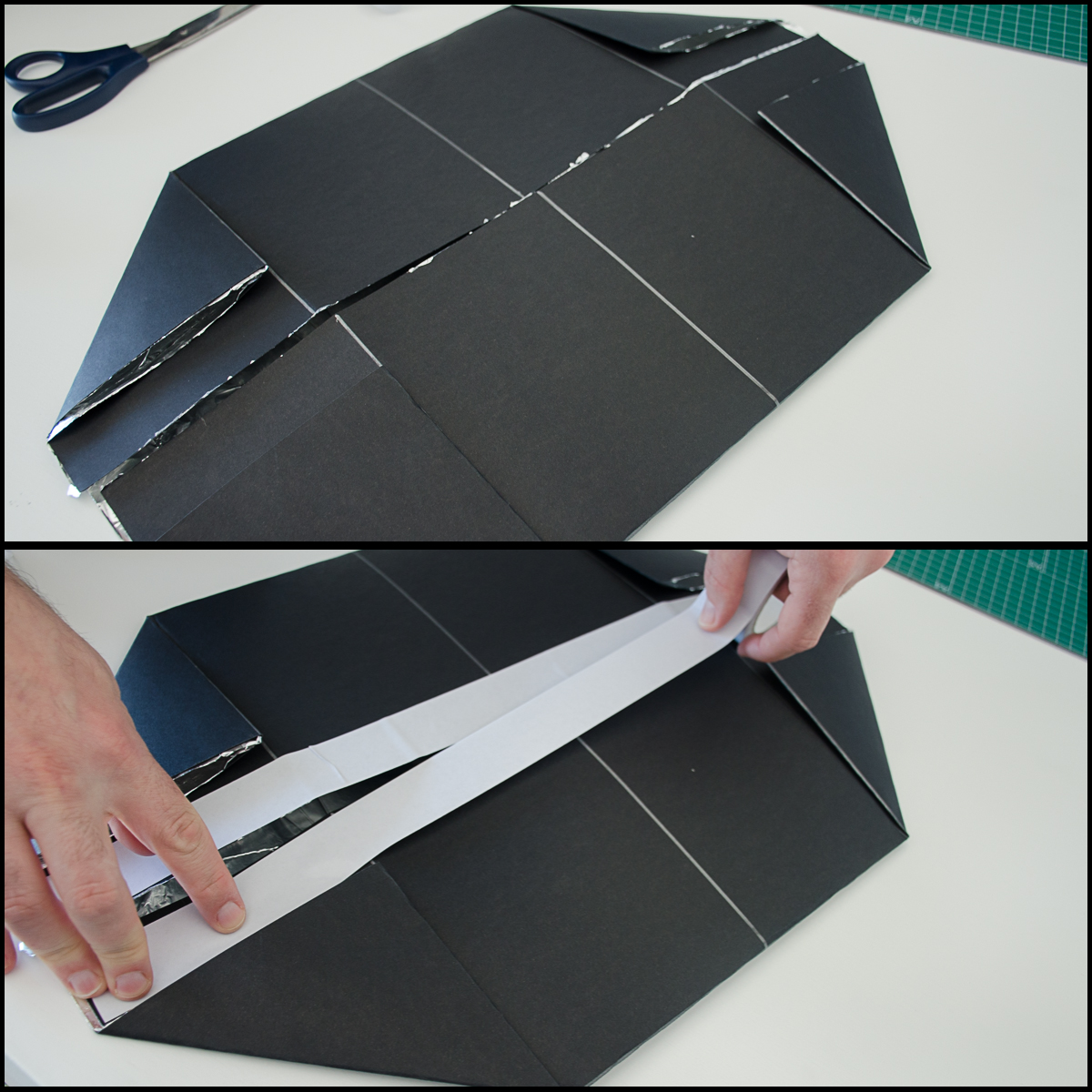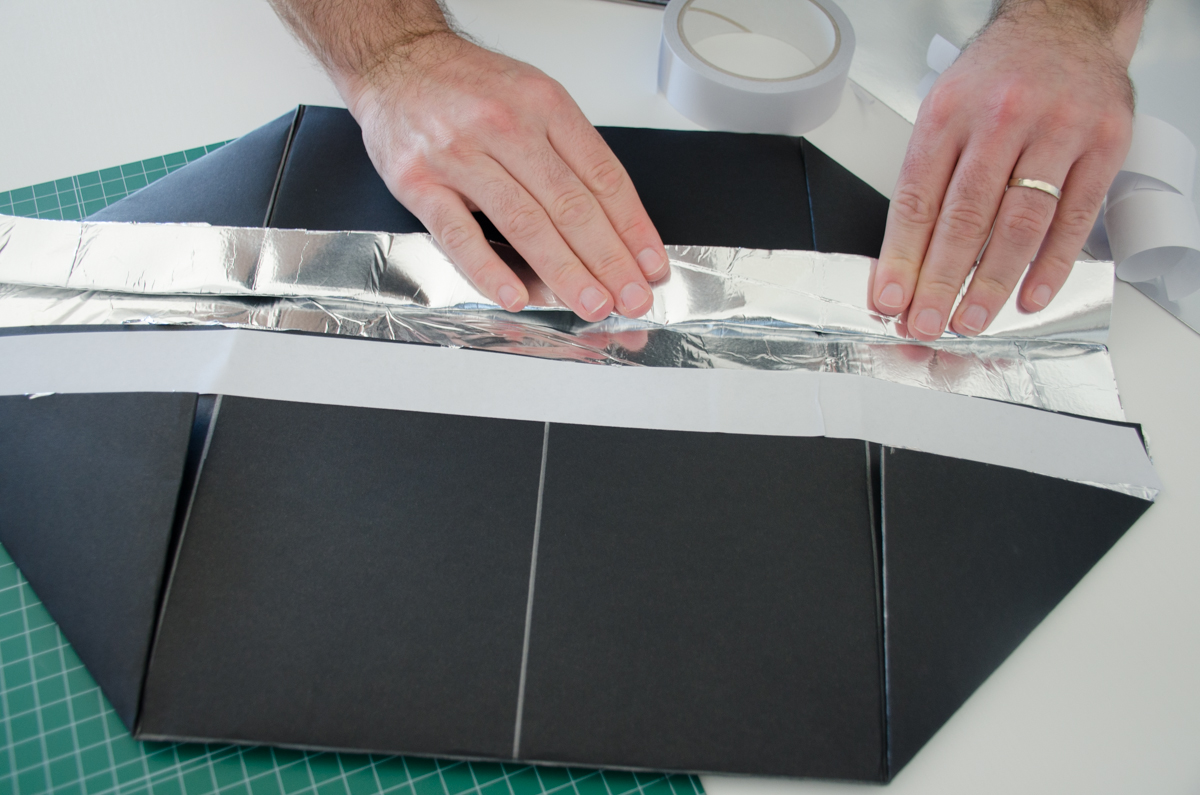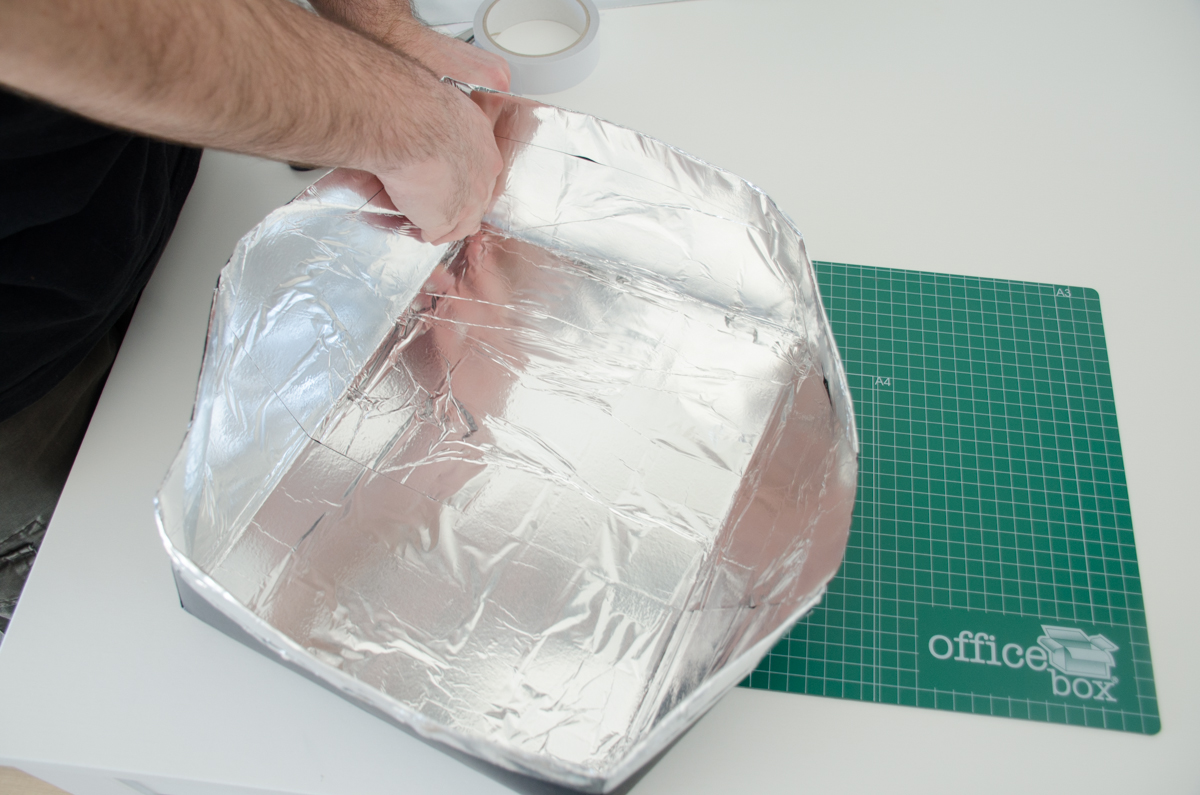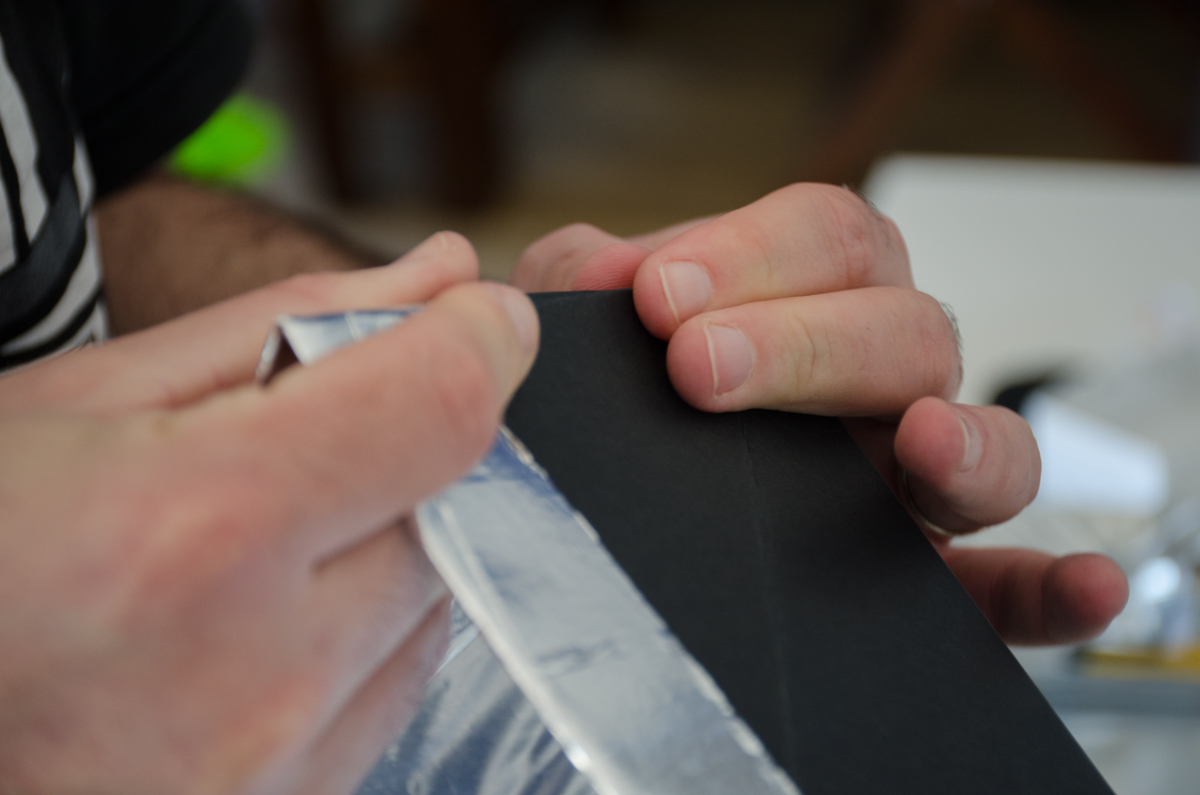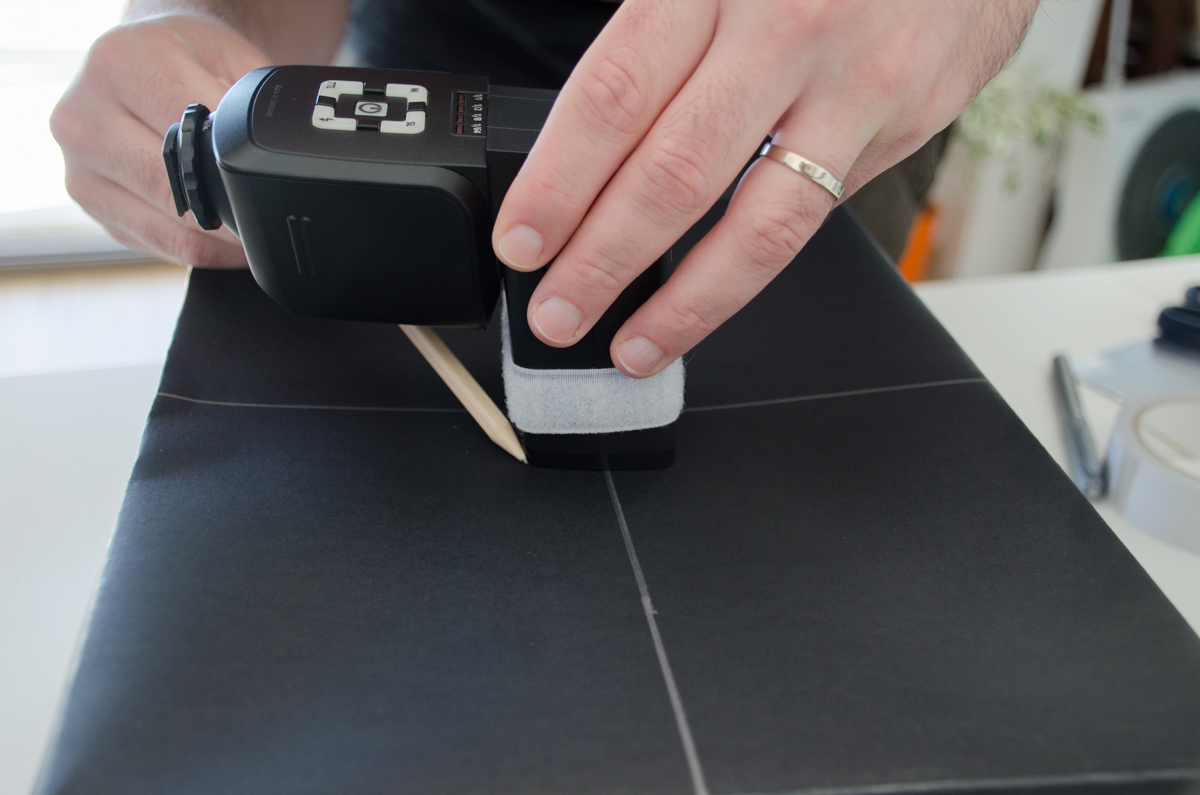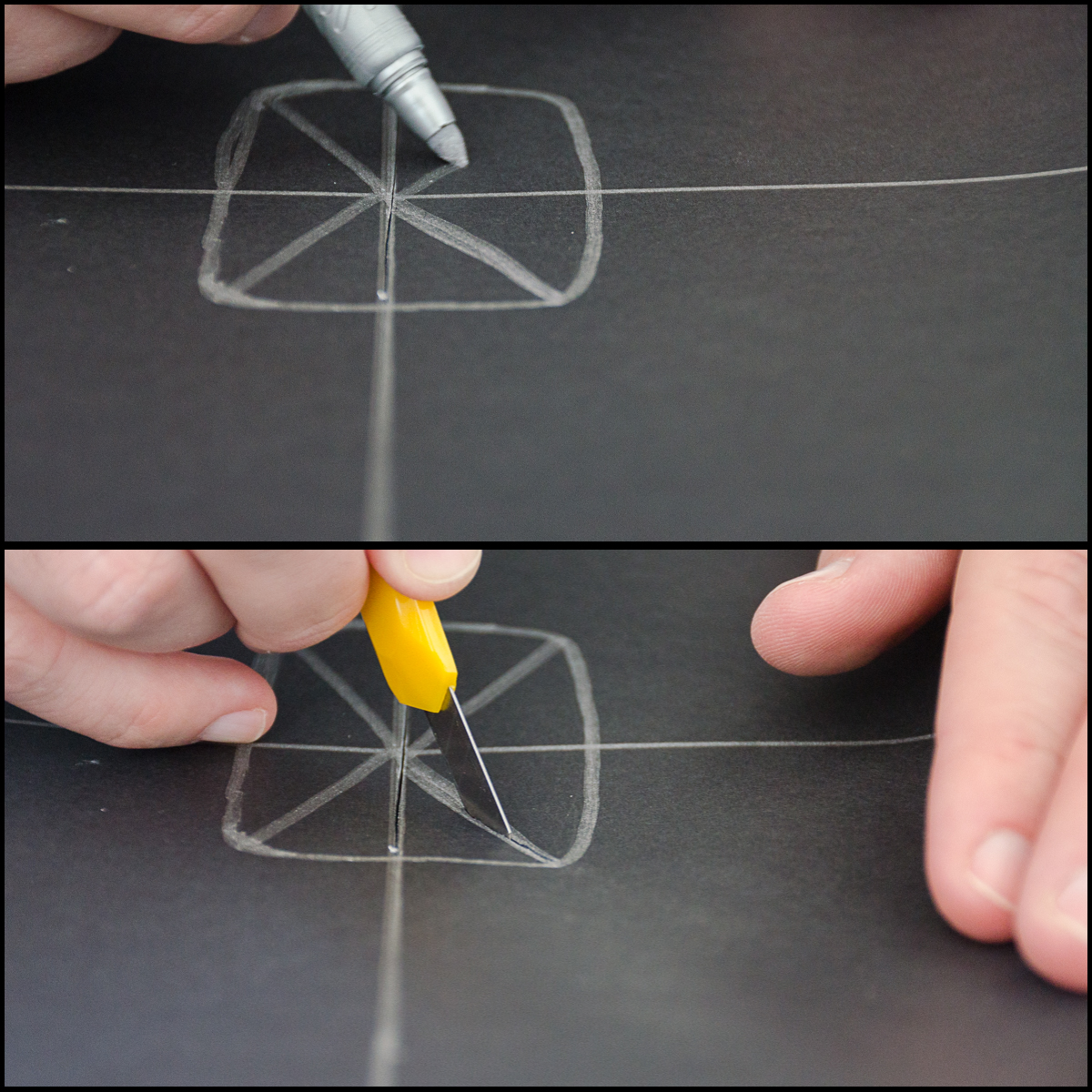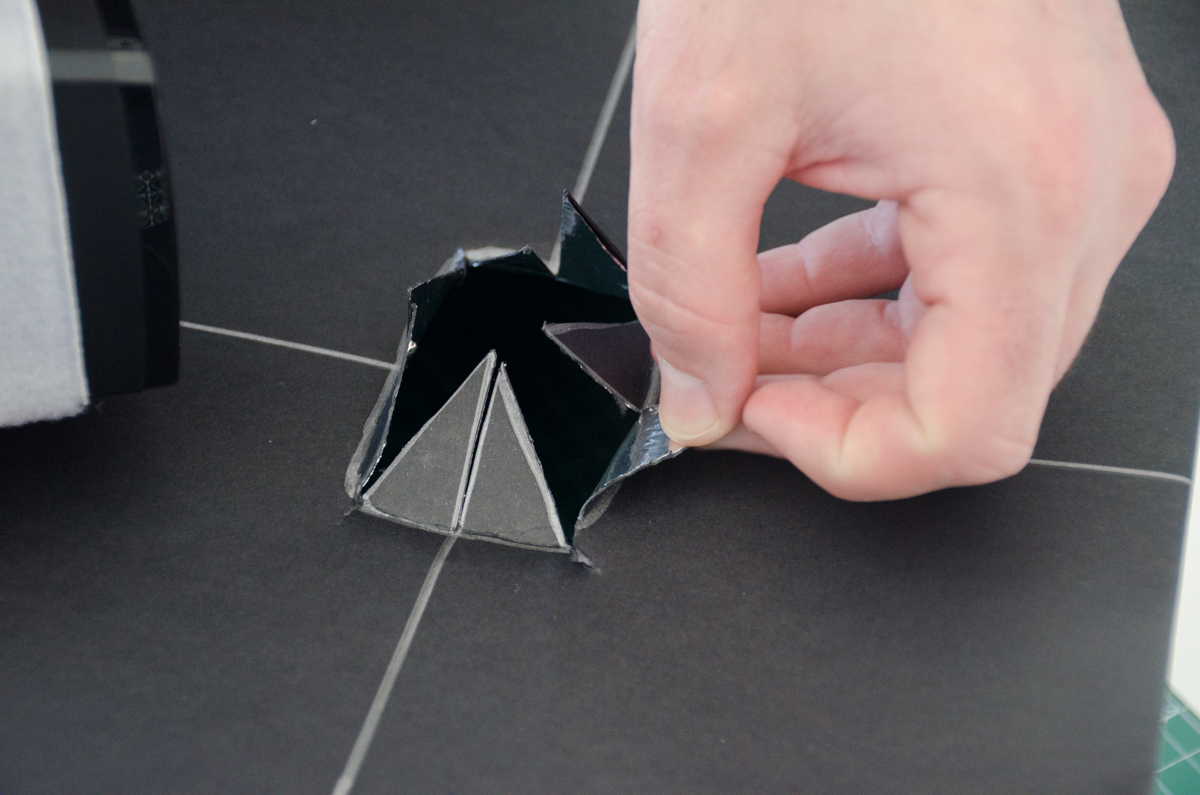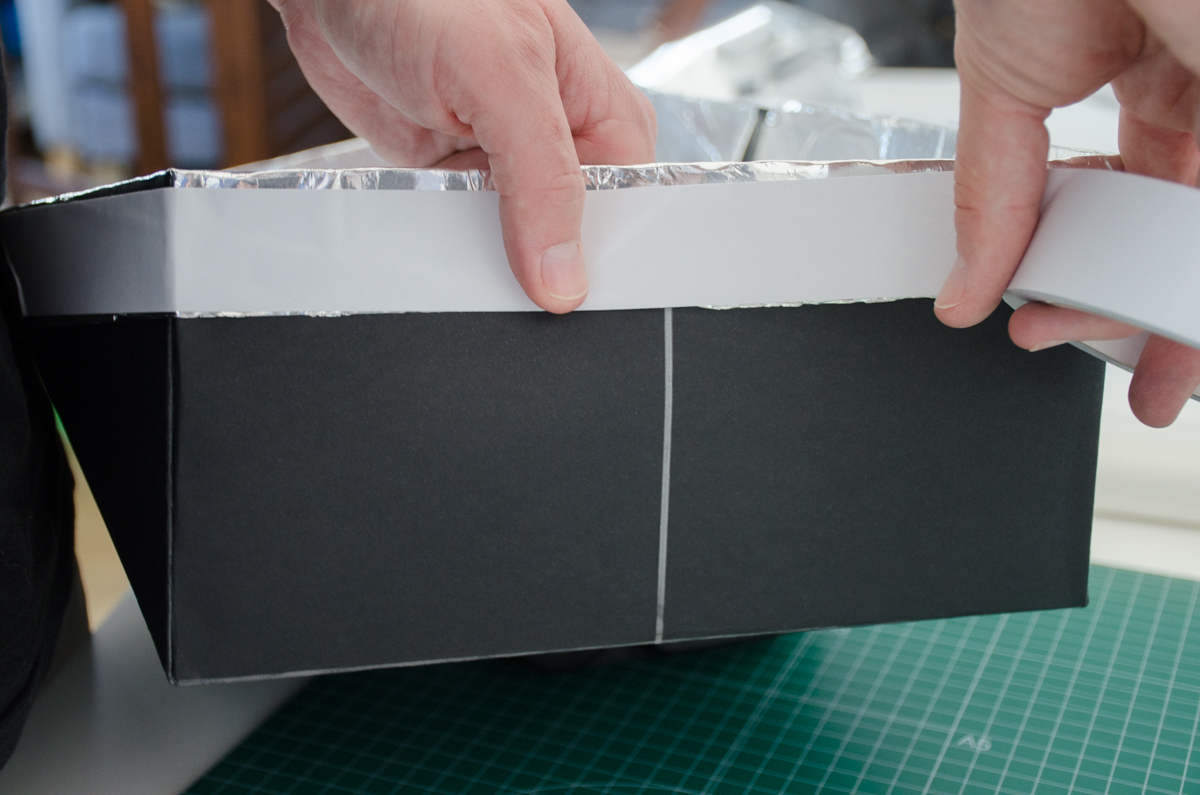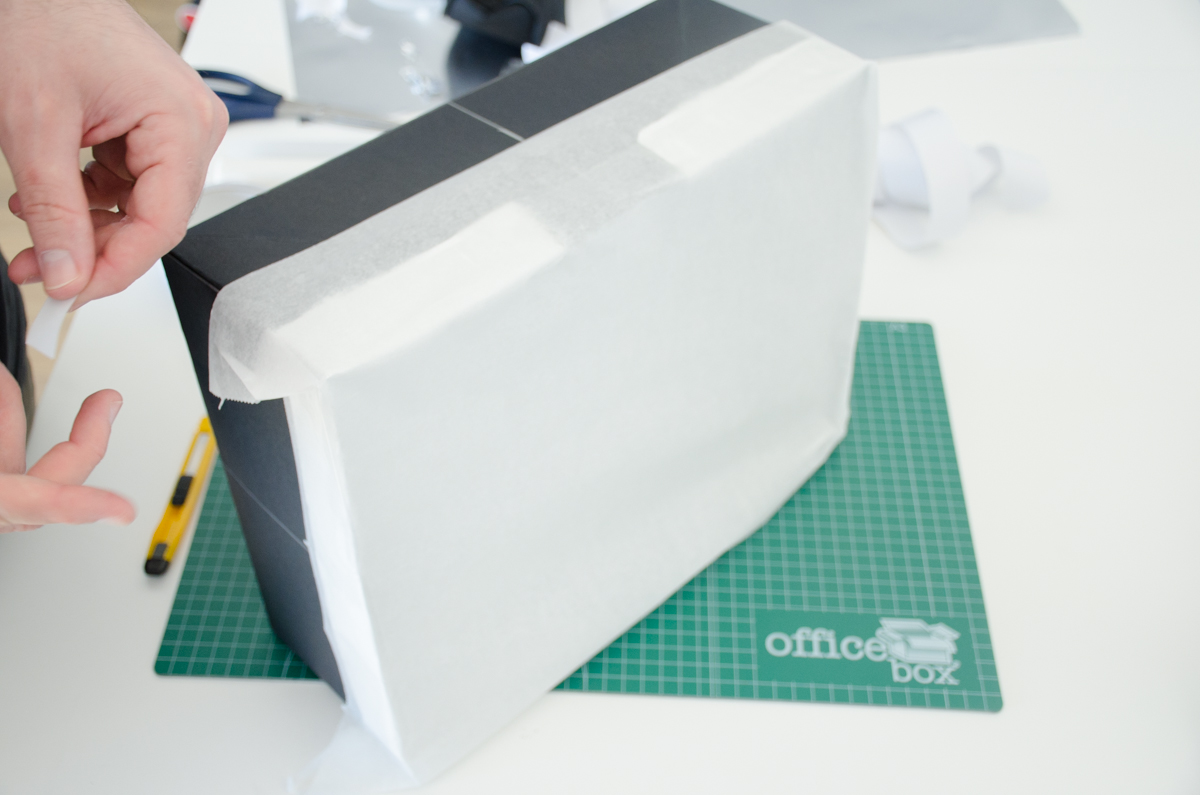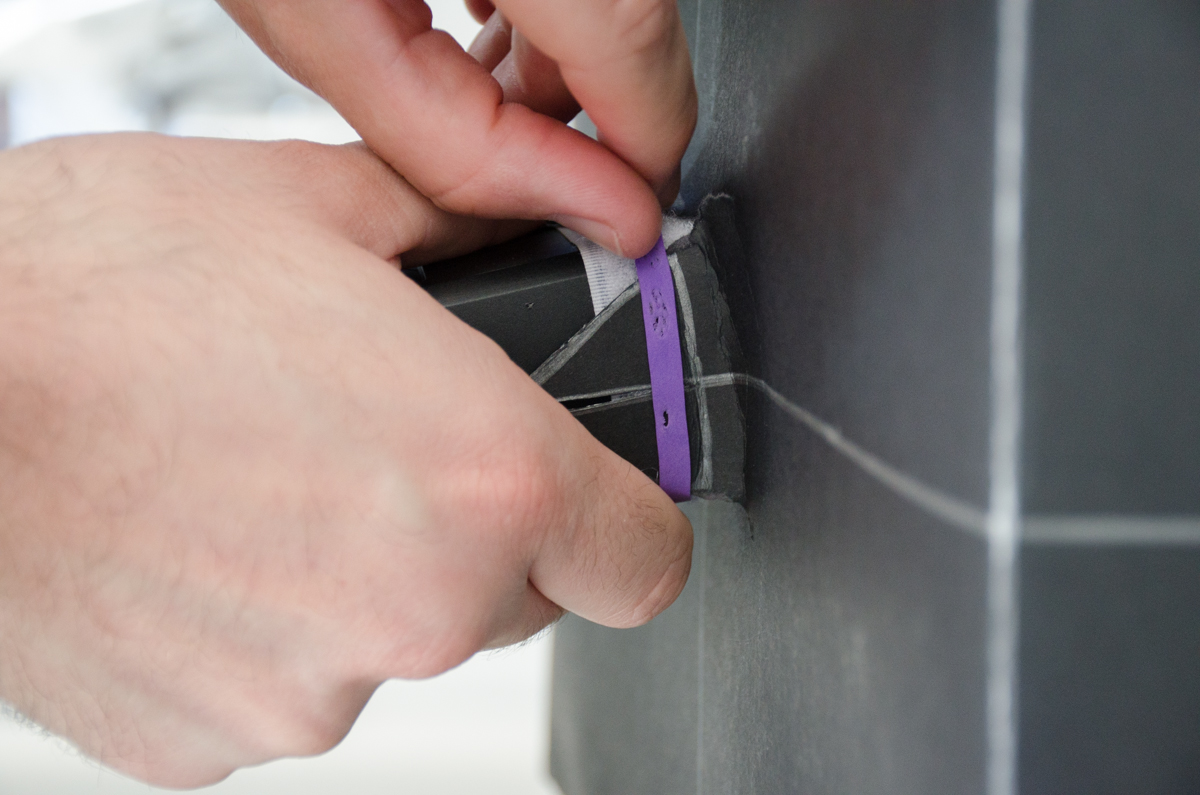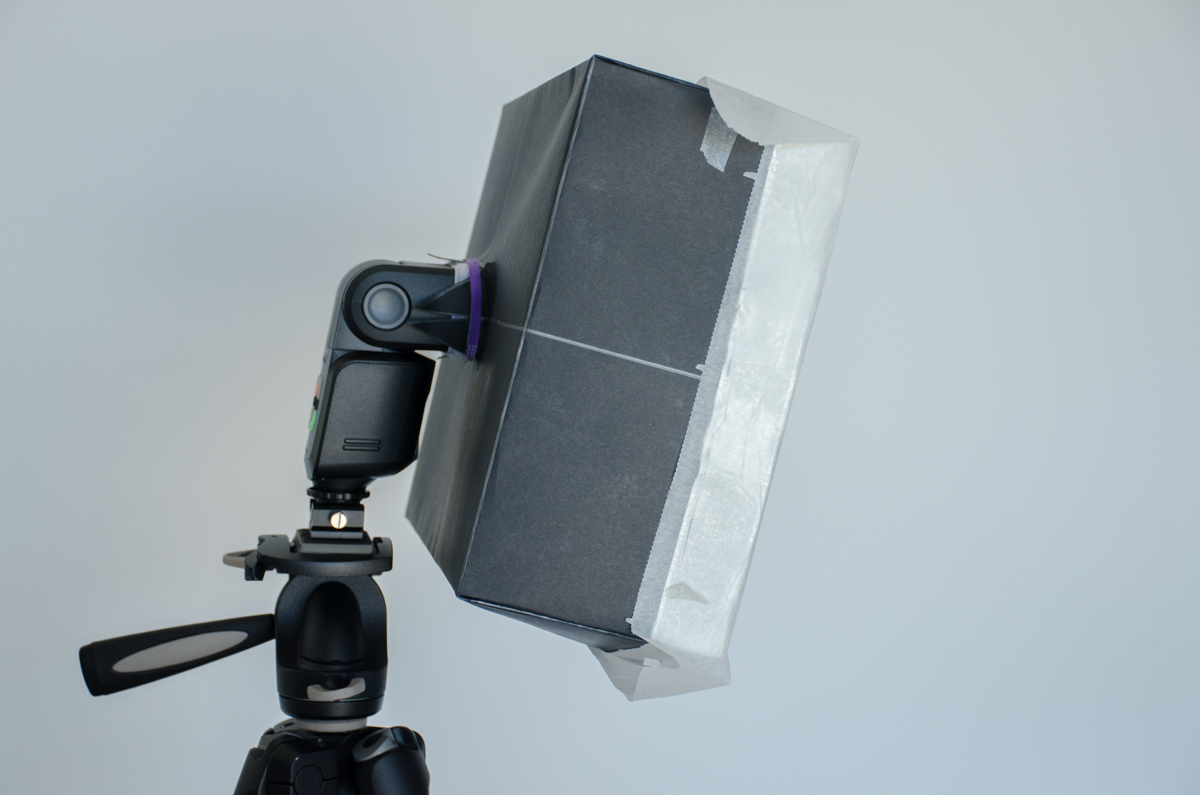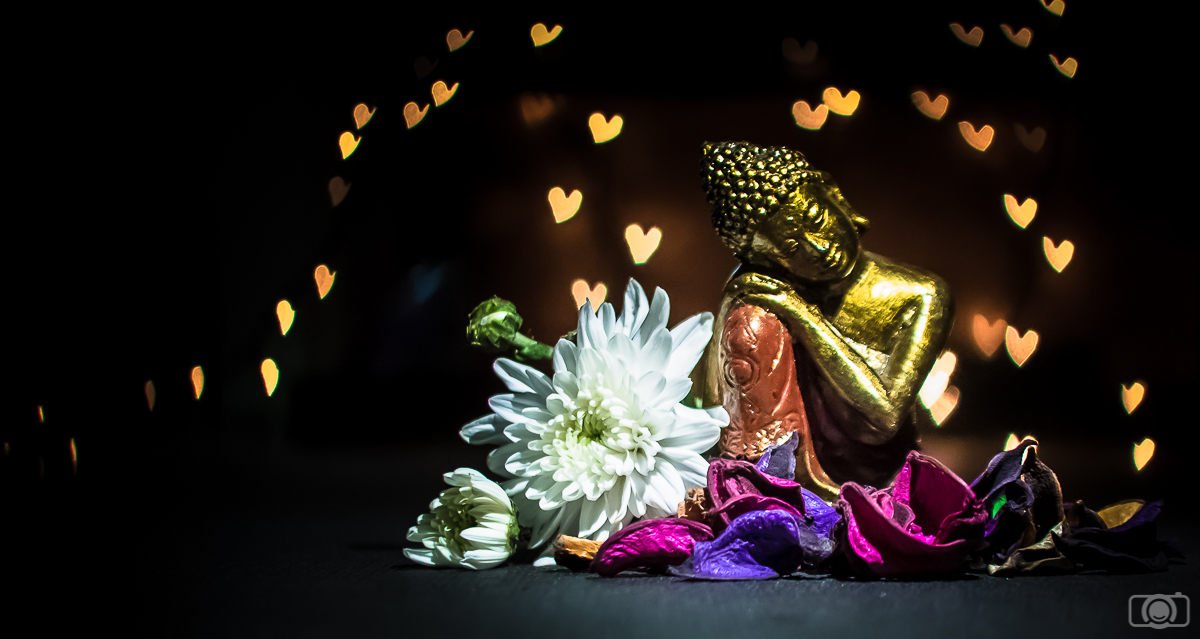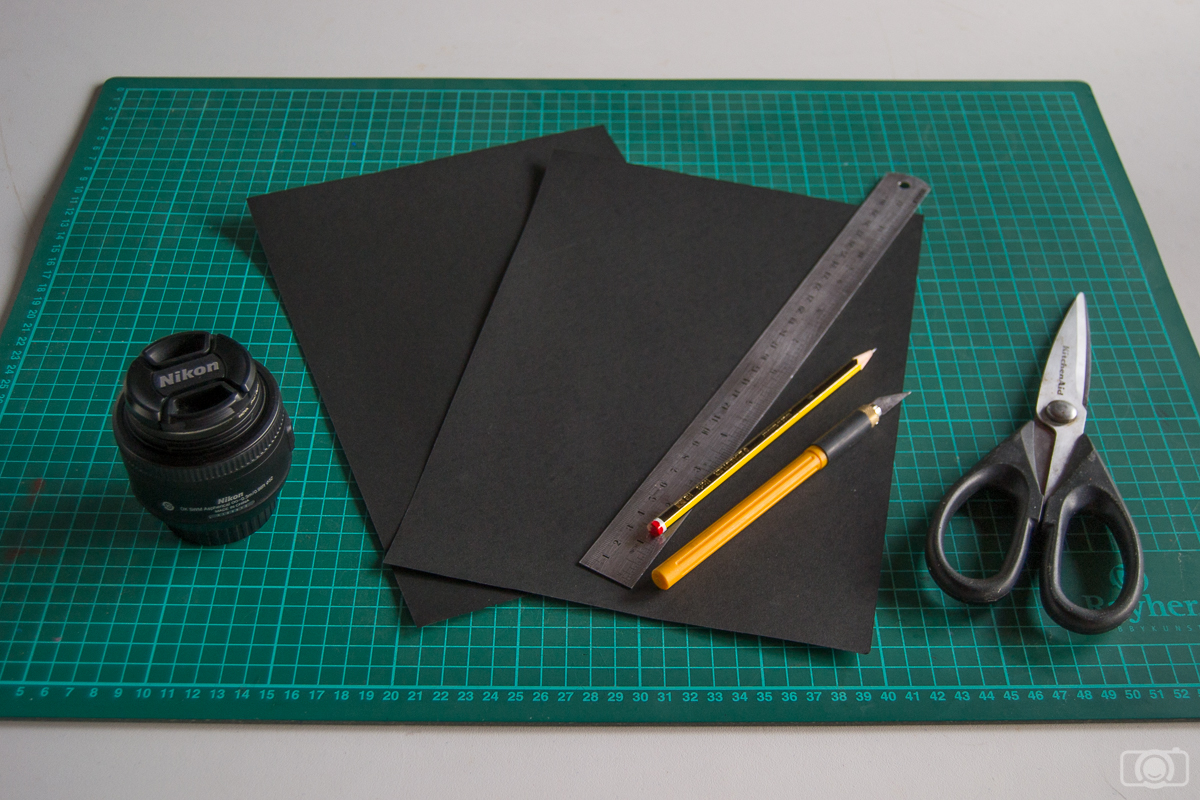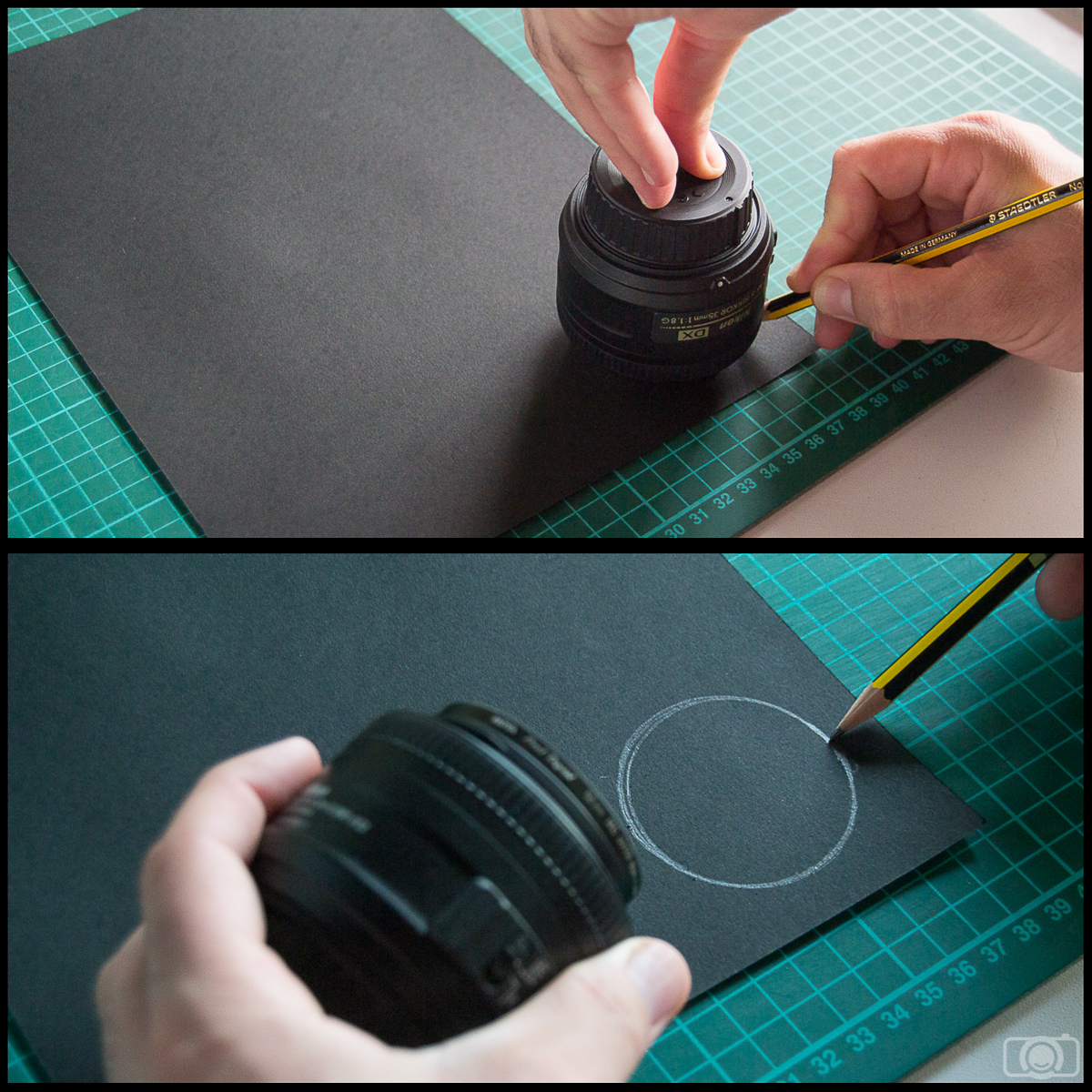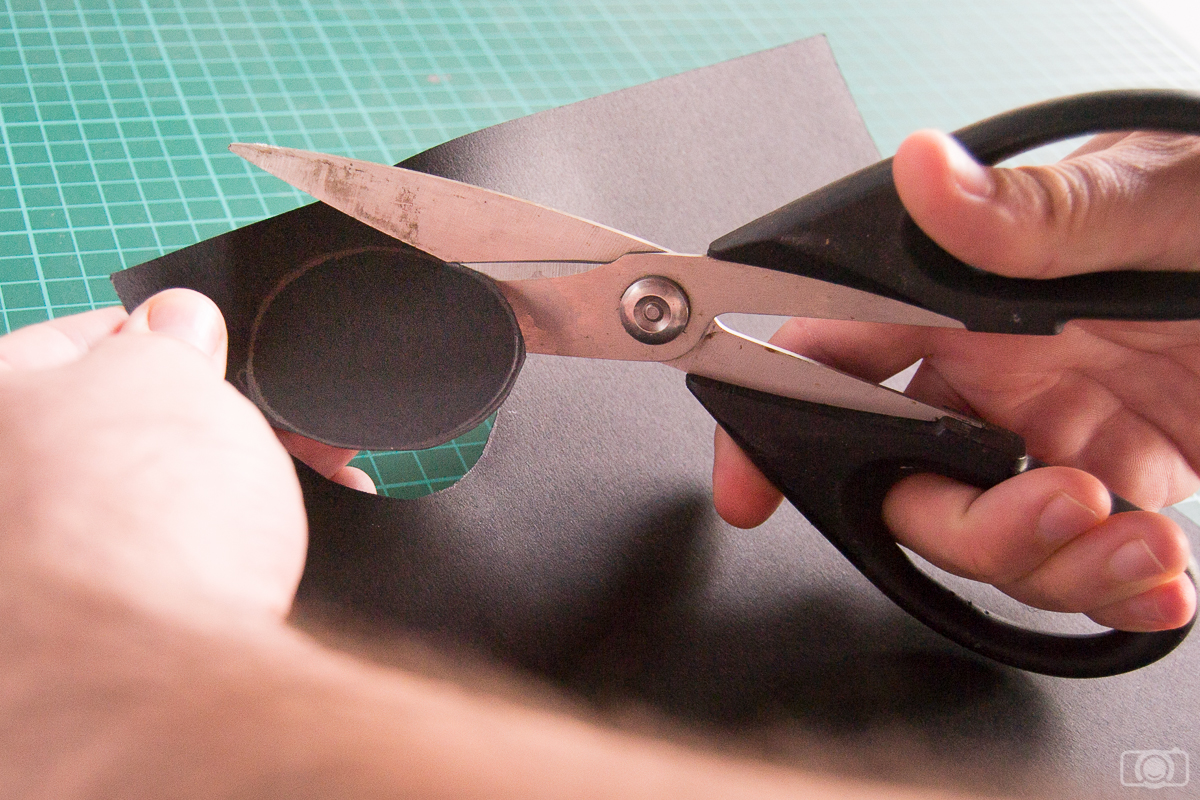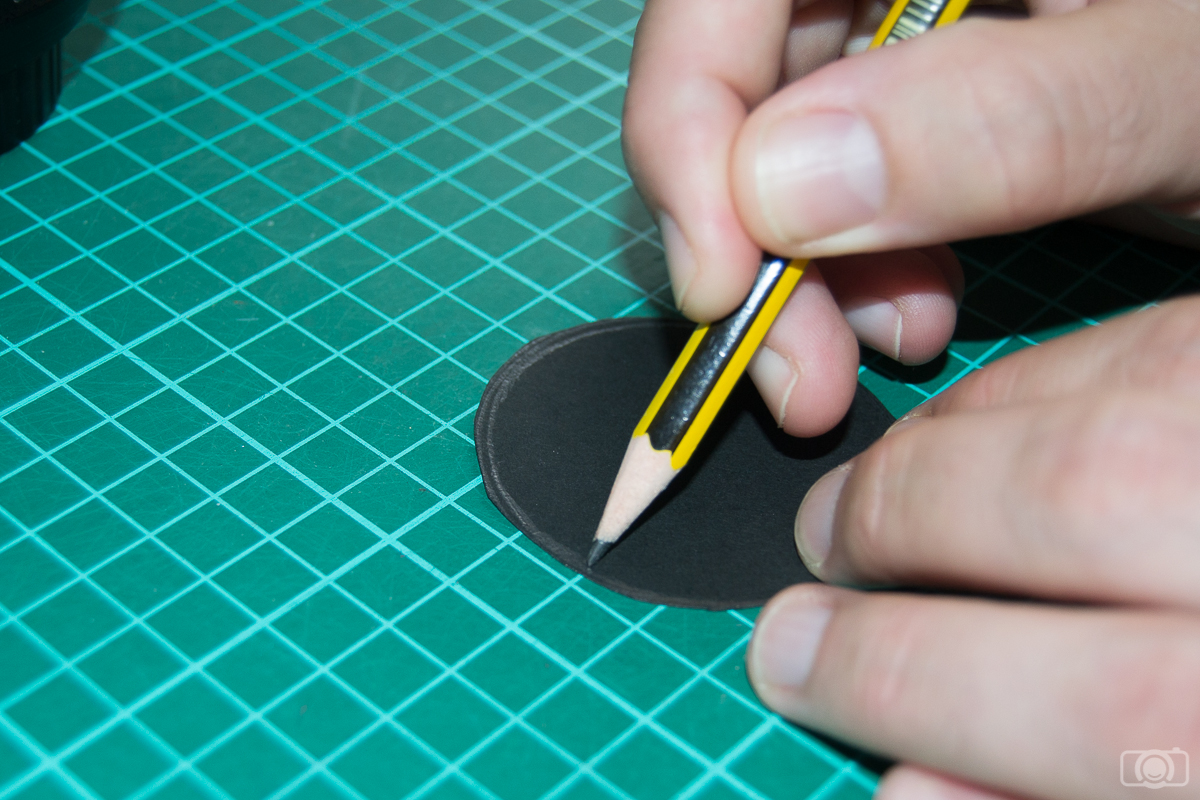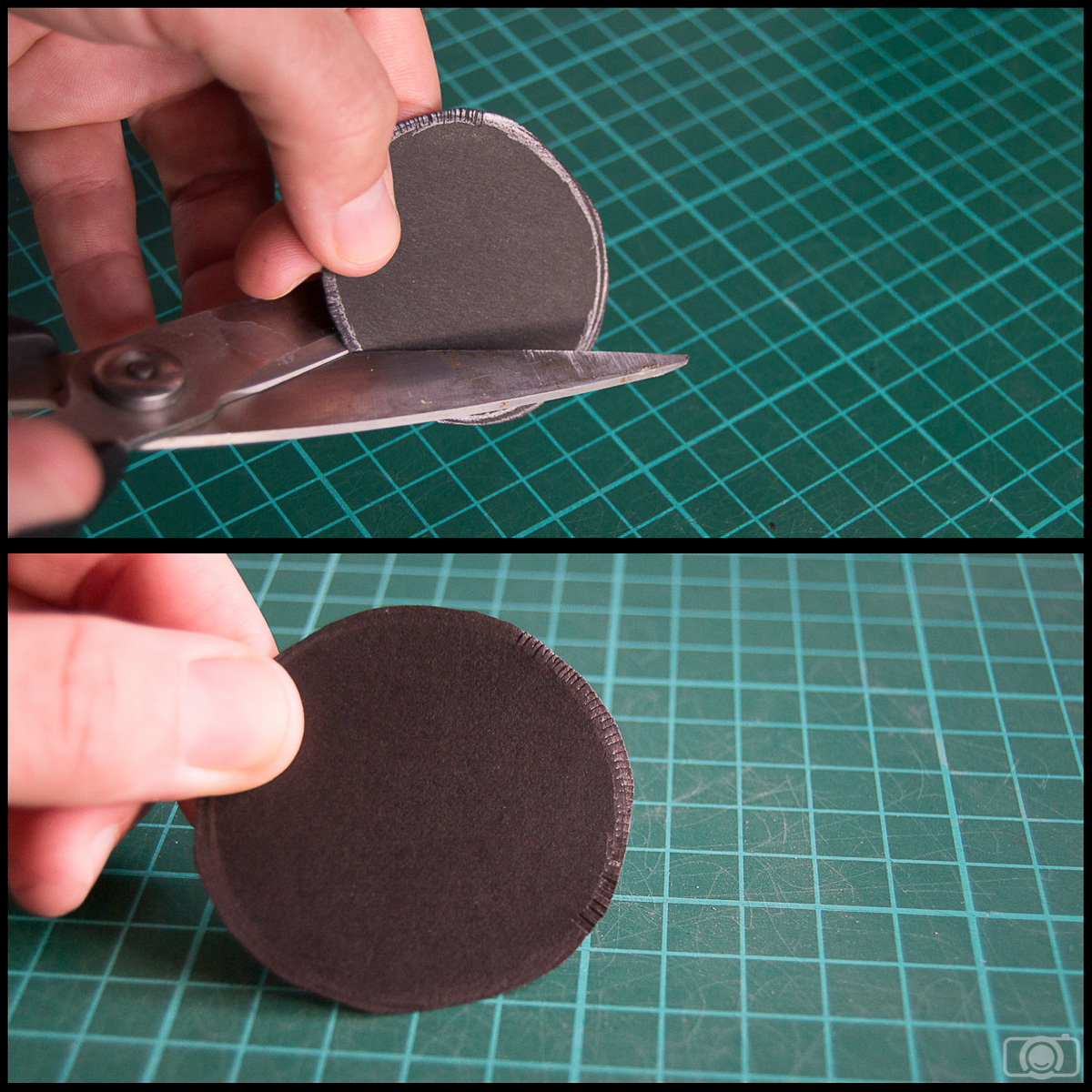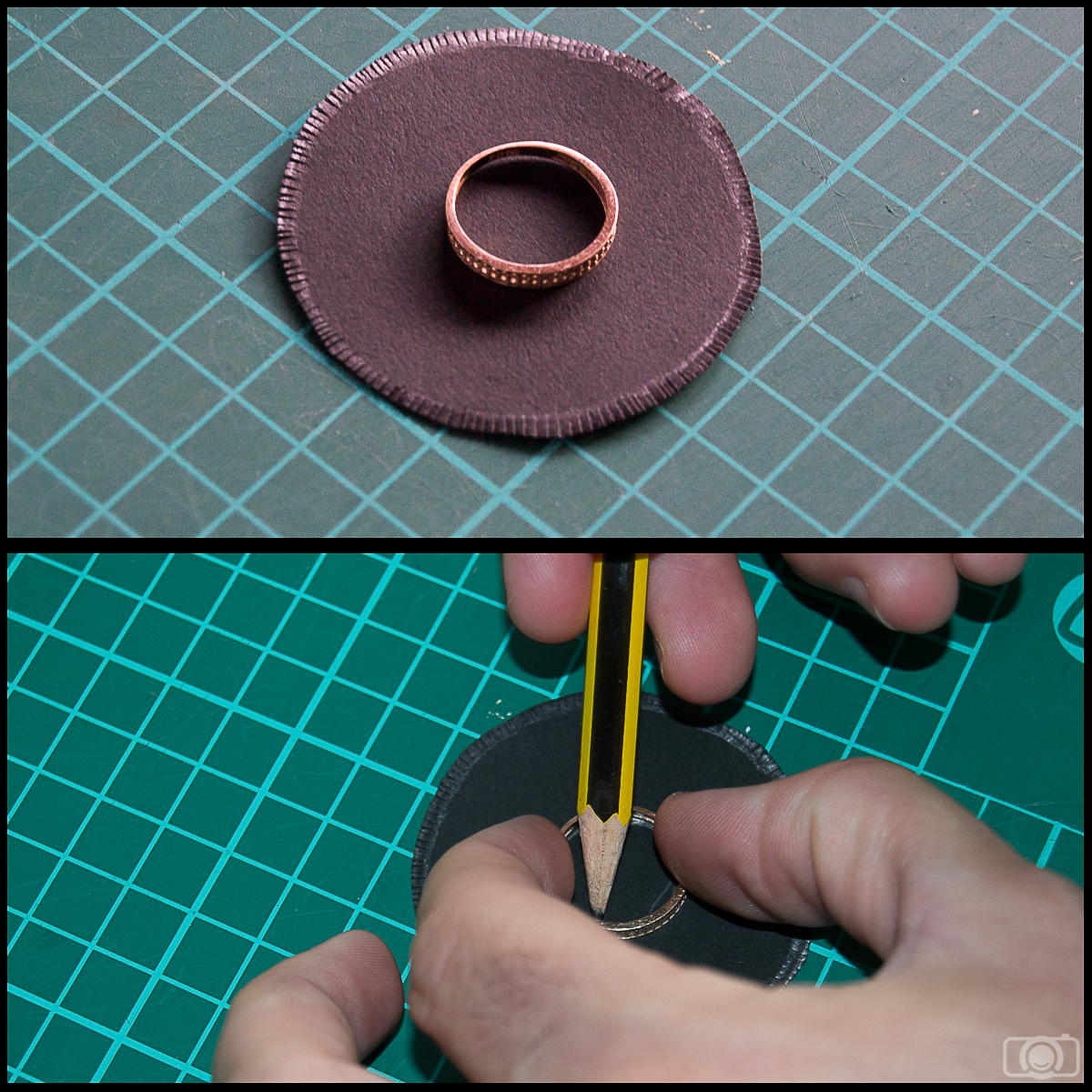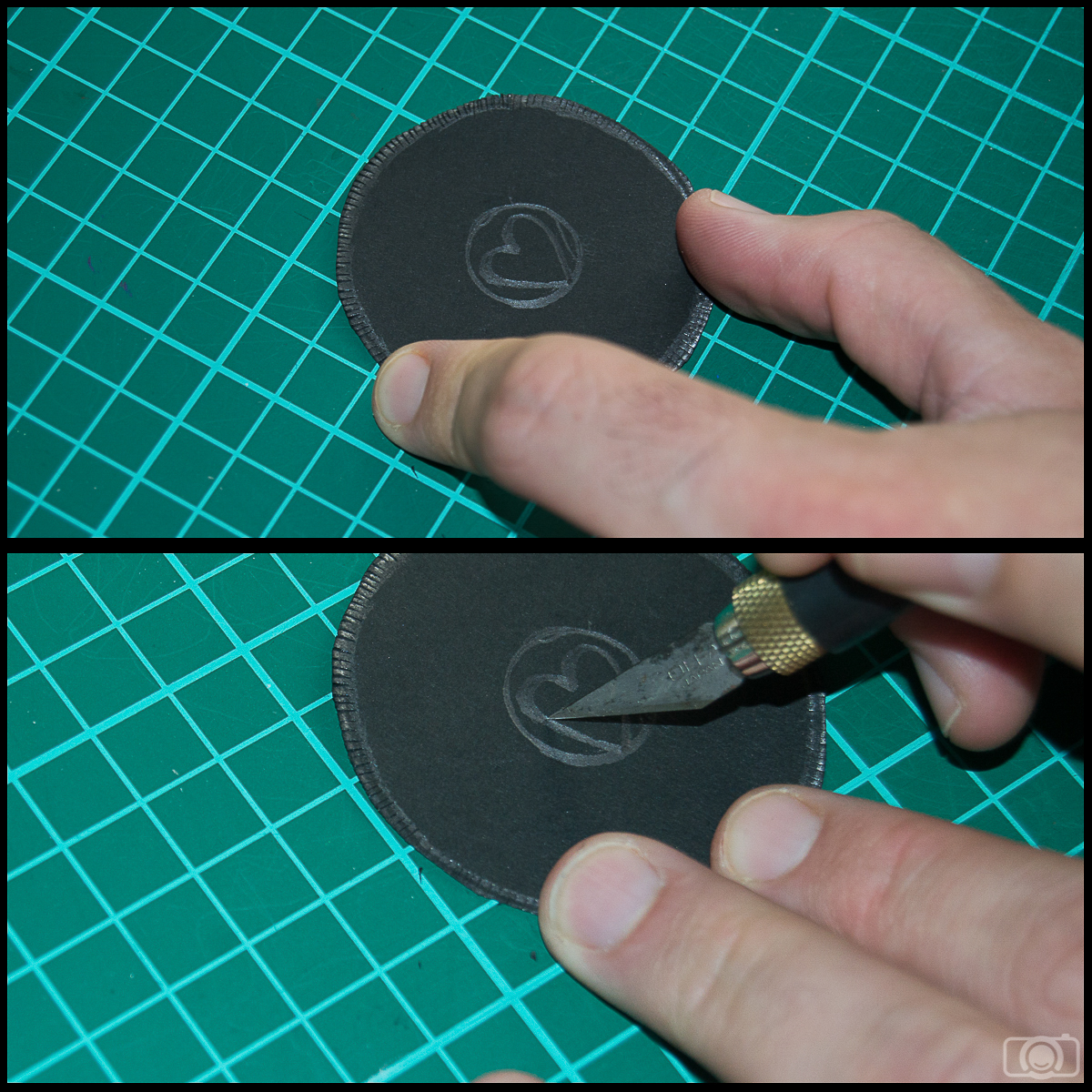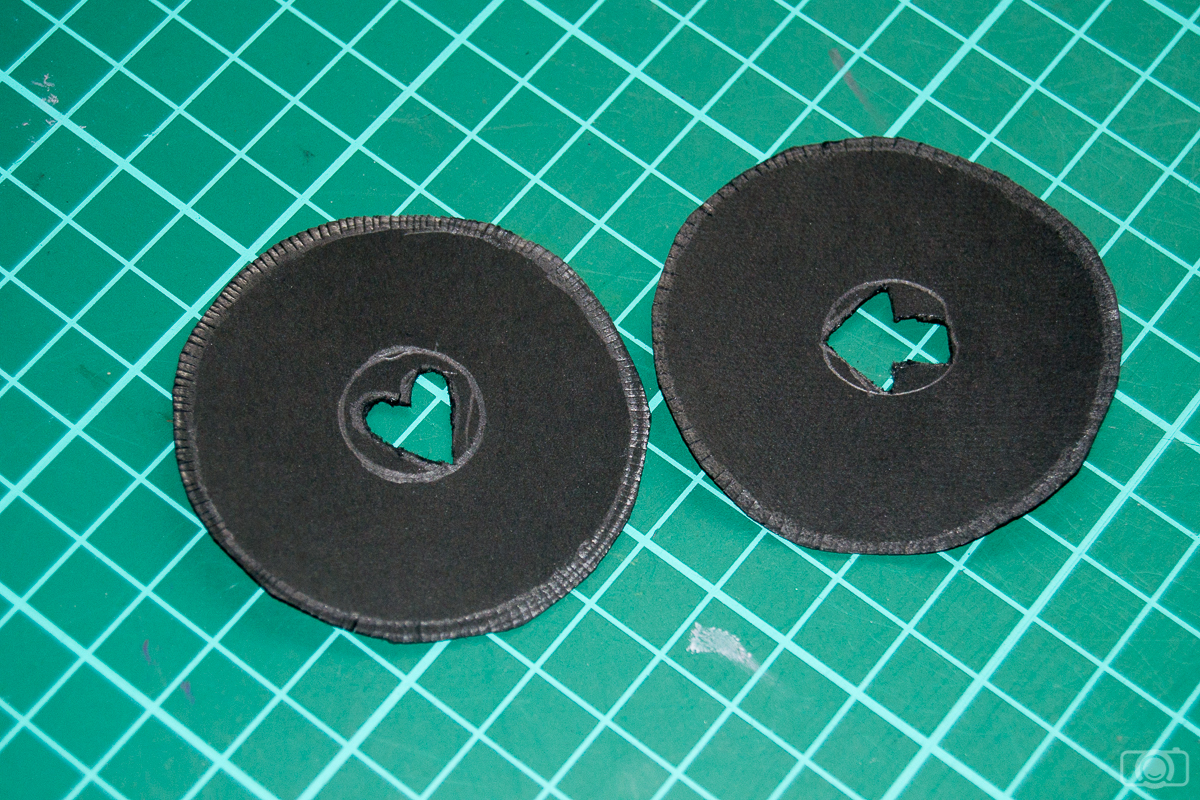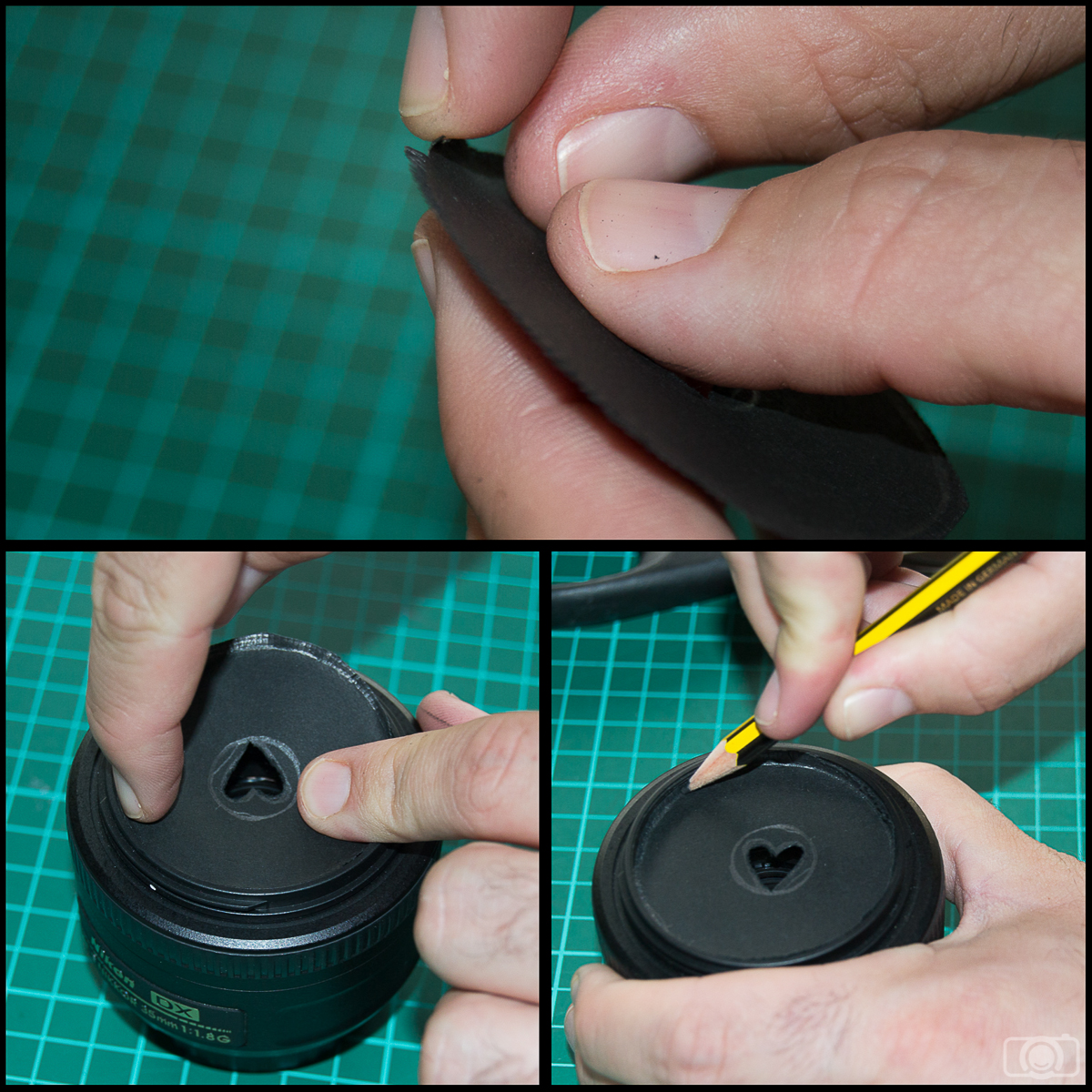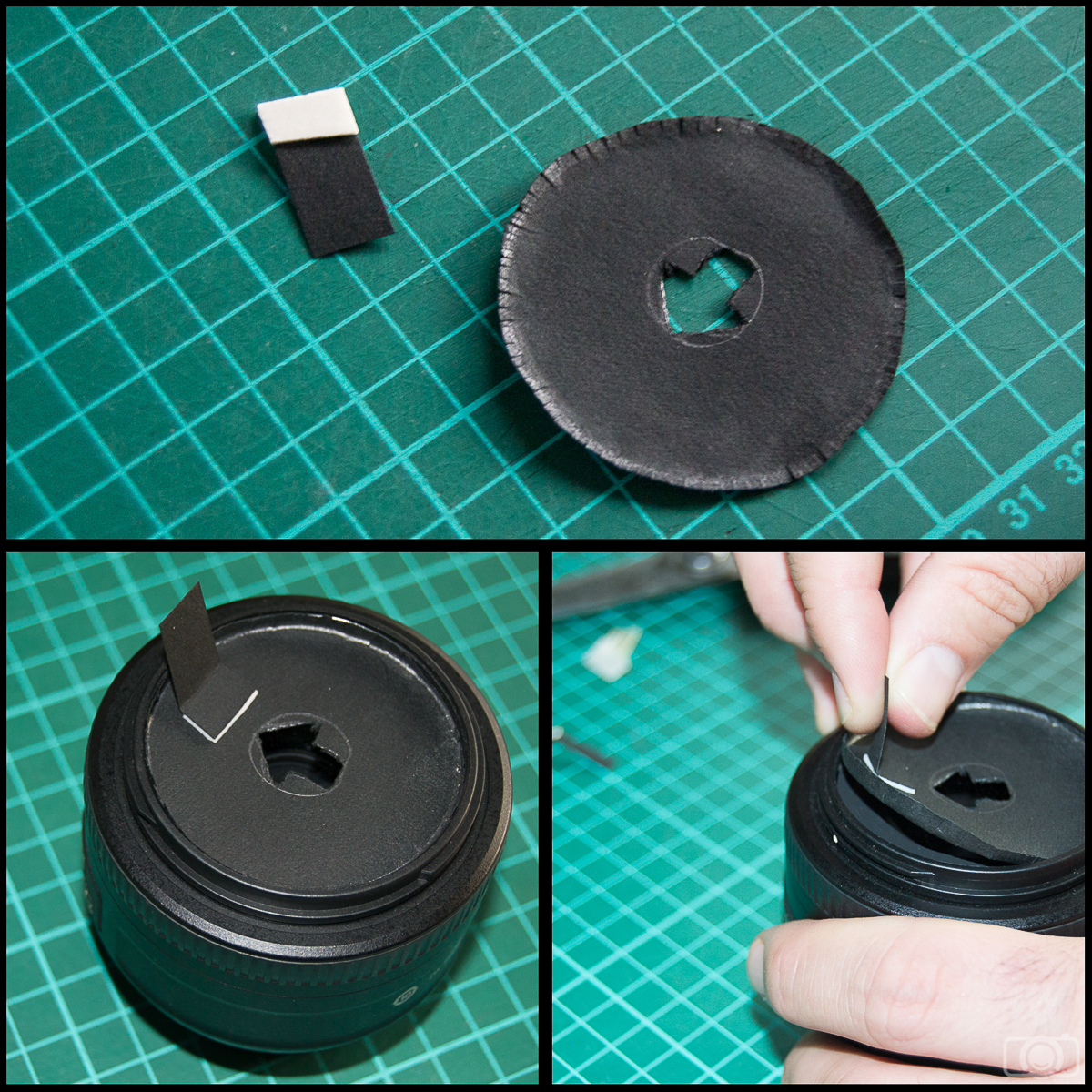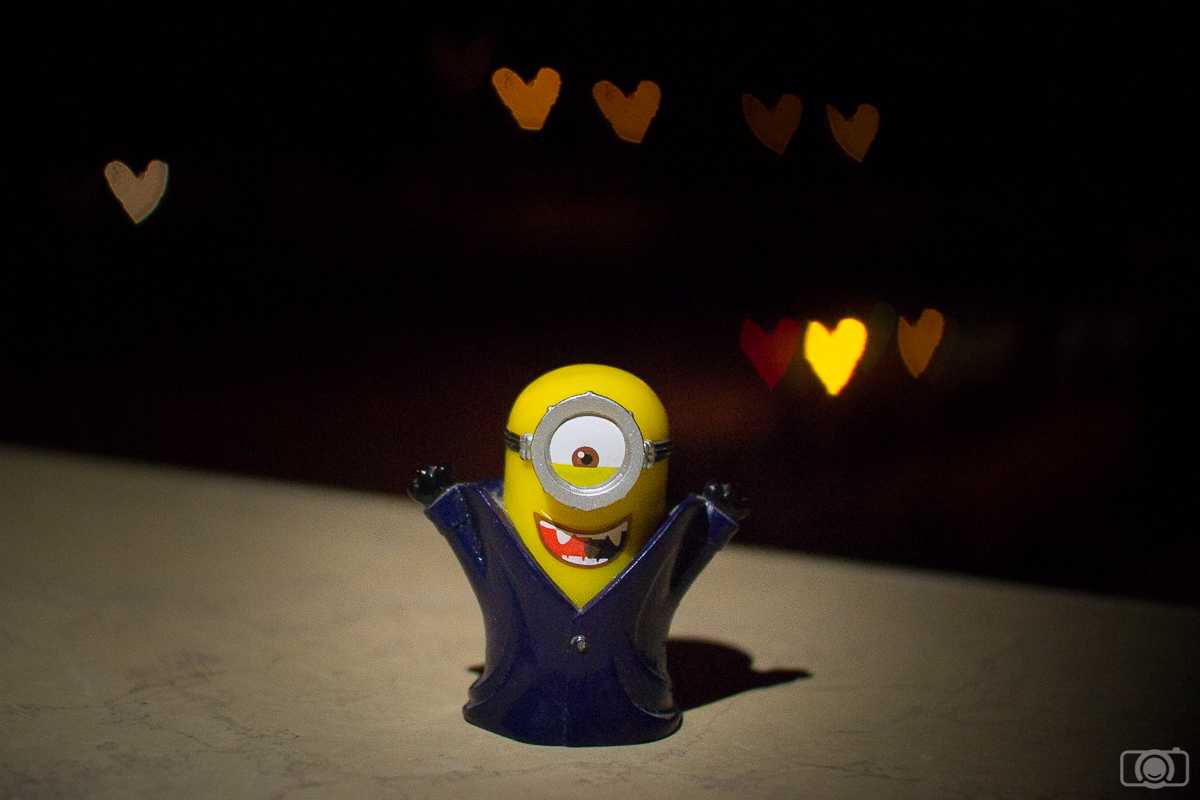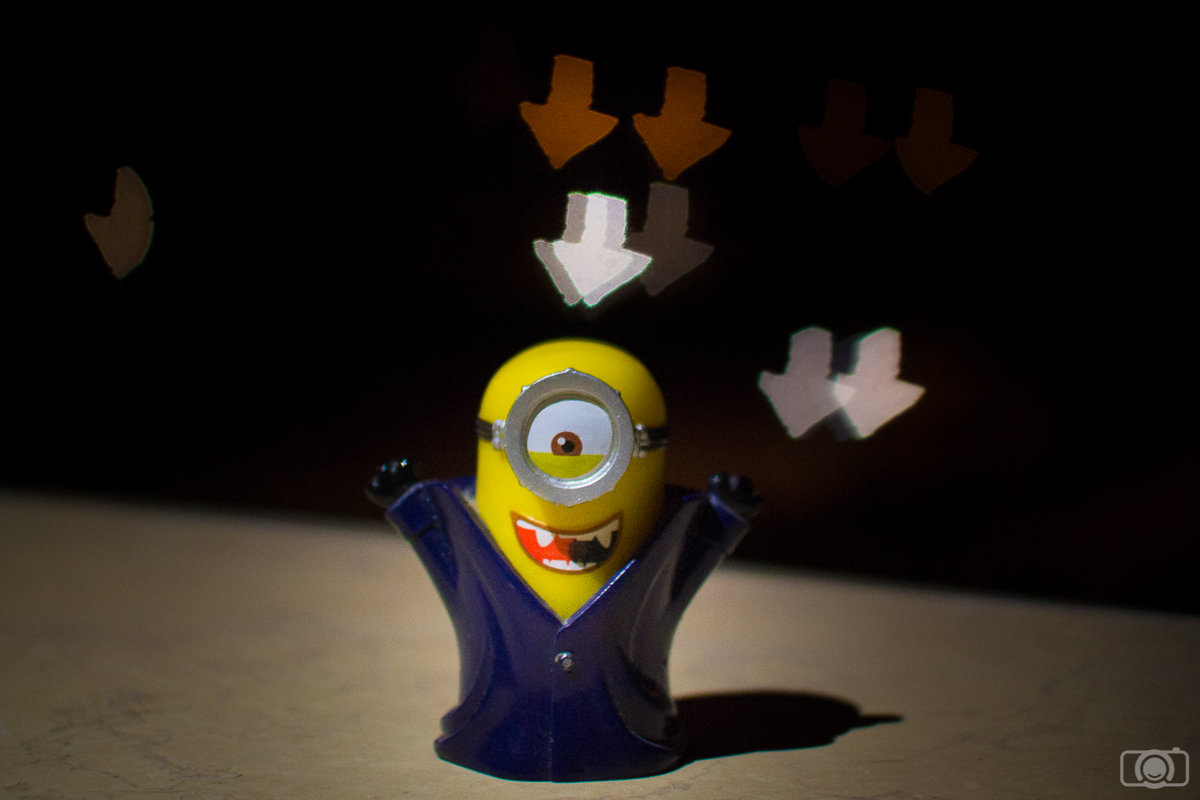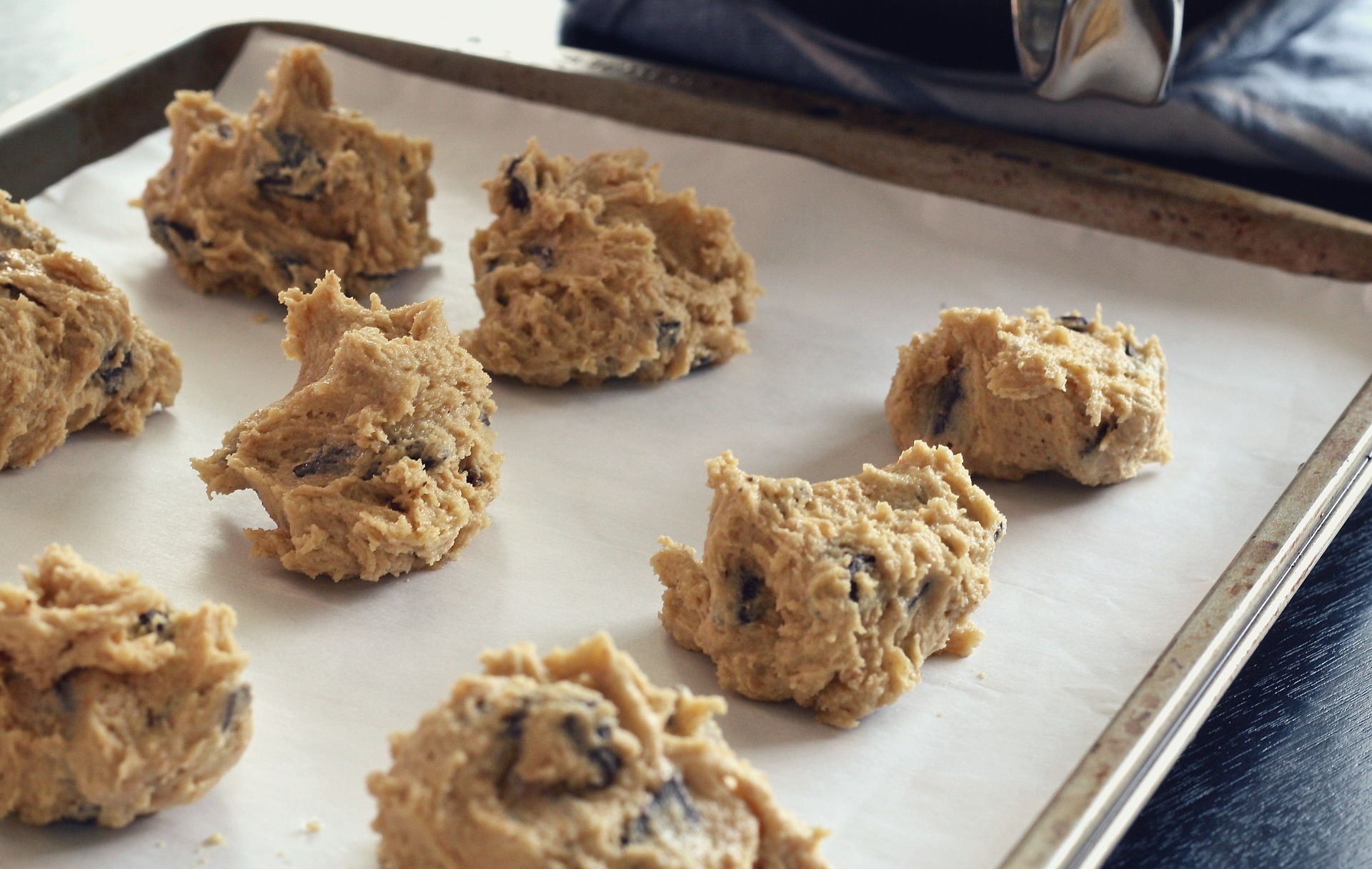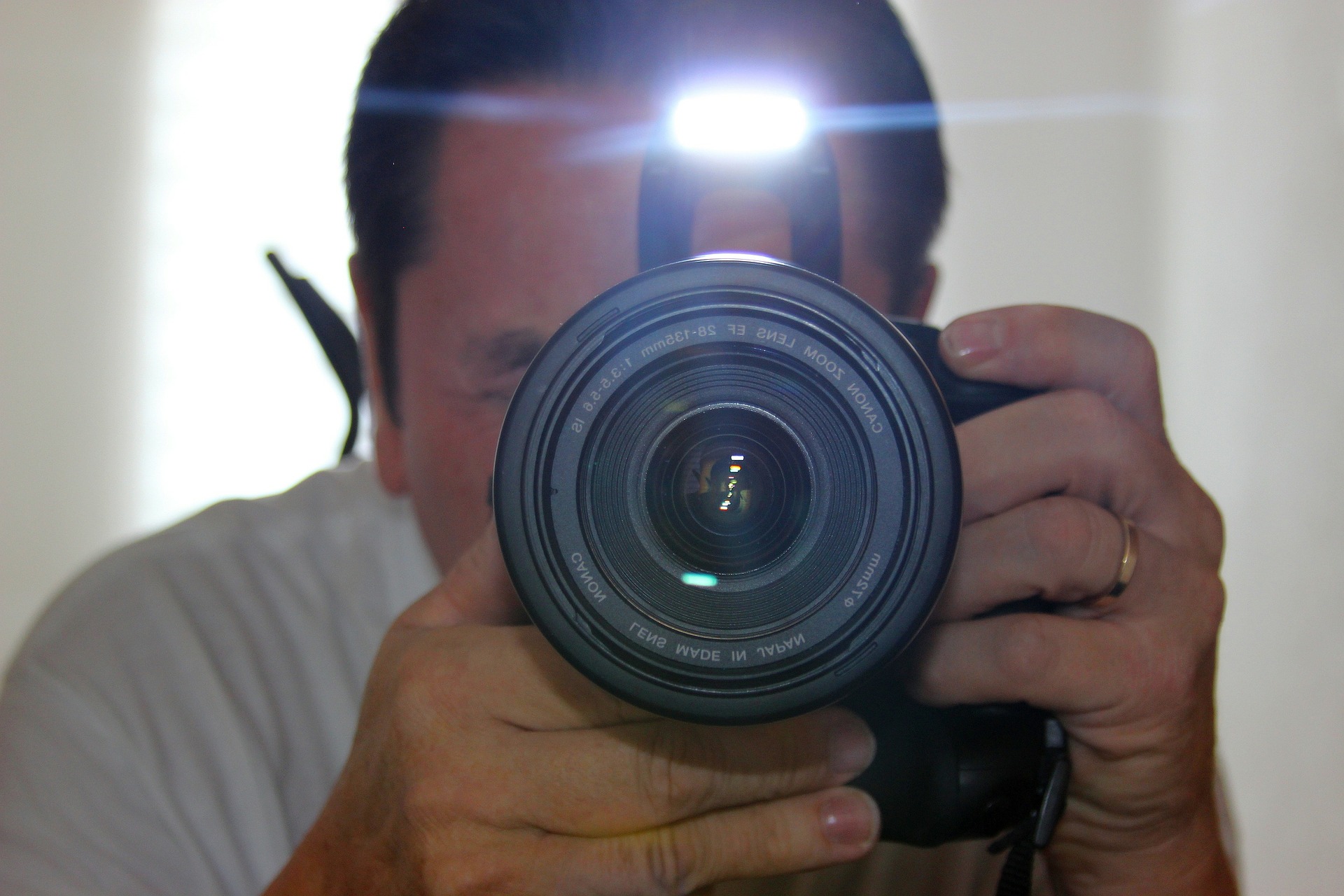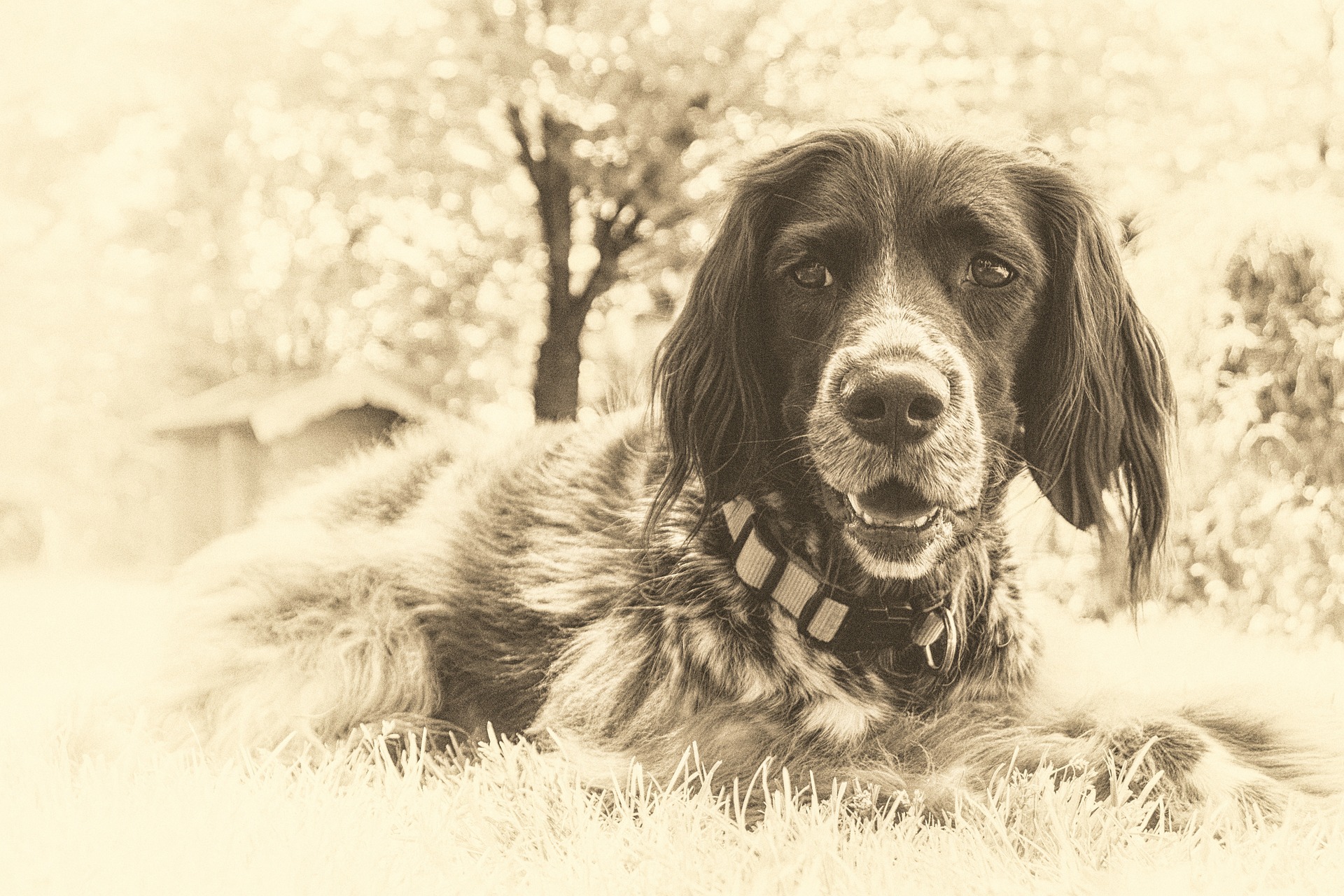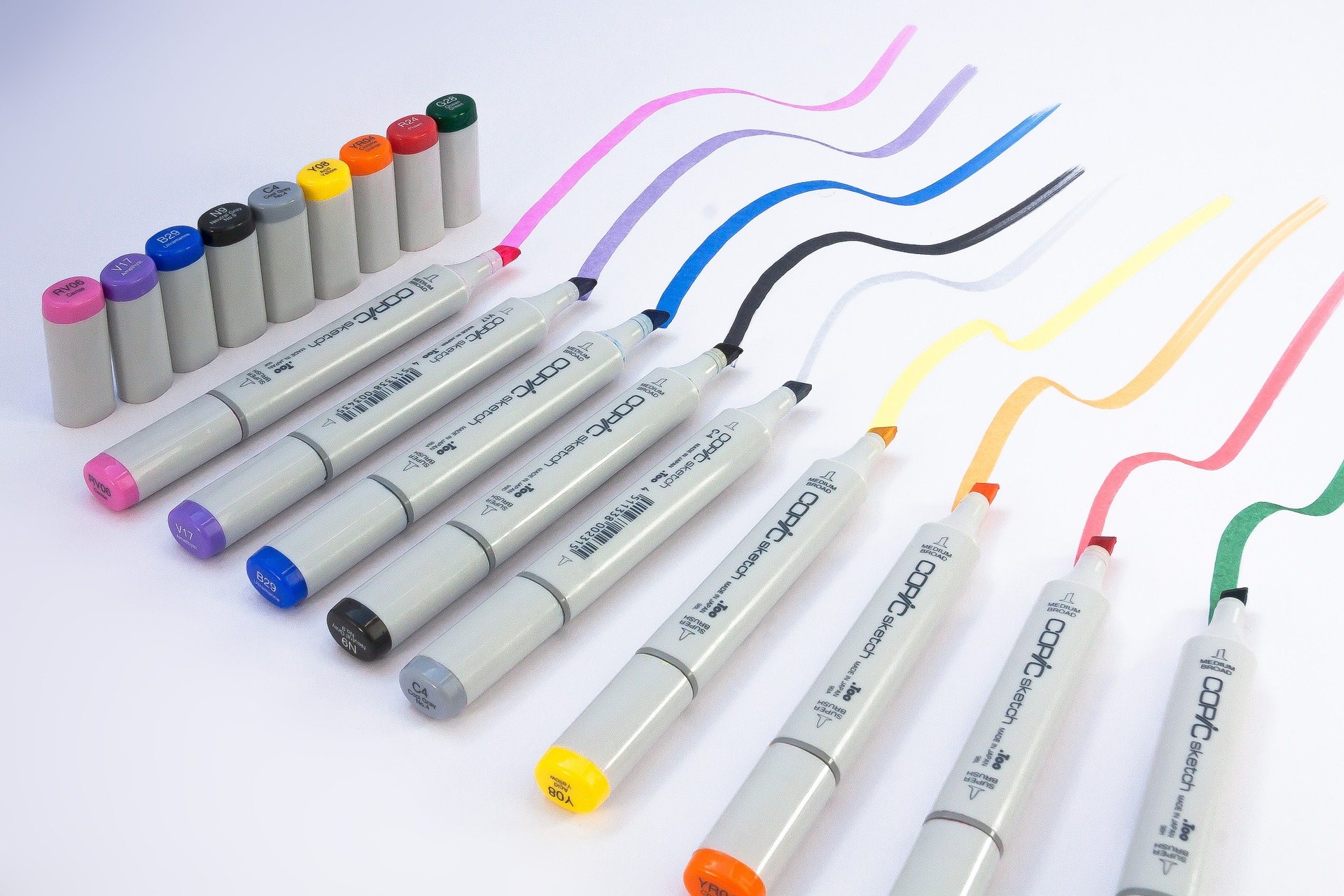Professional lighting equipment has helped many photographers take stunning photos of their subjects. Unfortunately, not everyone can afford an impressive set of tools like this.
Fortunately, you don’t need to use professional equipment to improve your studio photography skills.
As much as I admire studio photography, I’ve never worked with professional equipment myself. I live in a small town that doesn’t sell photography-related products, and I can’t afford the lights I’d like to work with. These obstacles have inspired me to use non-professional sources of artificial light. Here are a few you probably have at home:
- A torch
- Any kind of indoor light (ceiling light is fantastic)
- A lamp
These objects can be used to take a rich variety of interesting classical portraits. Here are 5 ideas that will help you create gorgeous lighting that will make your photos look like paintings.
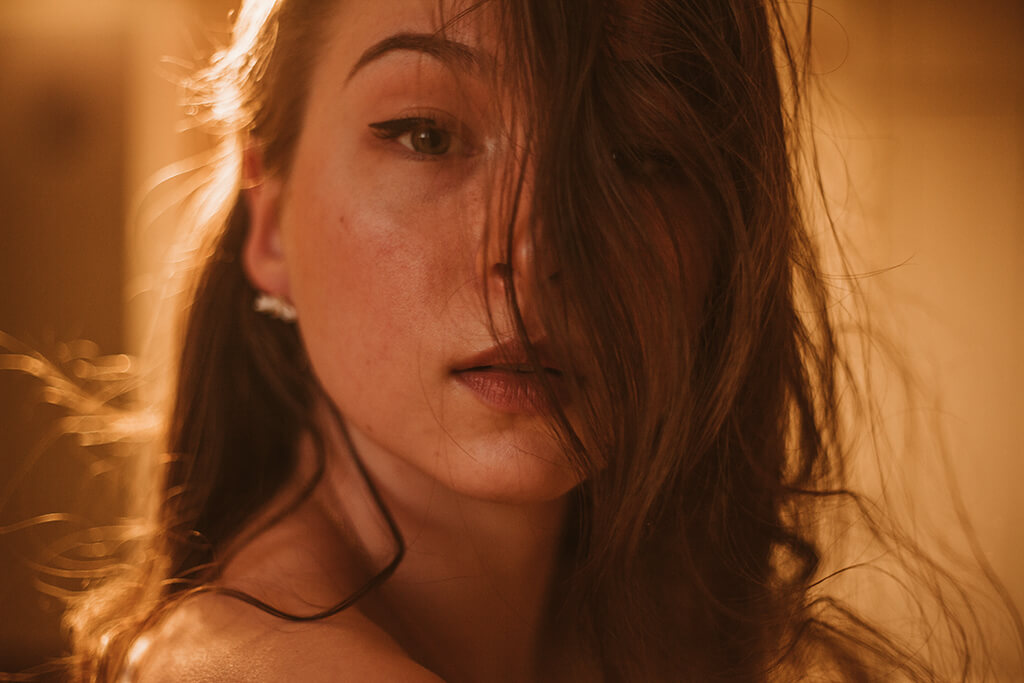
#1 Backlight and Natural Window Light
If it’s too gloomy outside to take naturally lit portraits, try to use the remaining outdoor light to illuminate your subject’s face. Then, highlight their hair with the help of a lamp or ceiling light. This will create a soft glow that’s perfect for dreamy portraits.
This technique can also be used to create silhouettes.
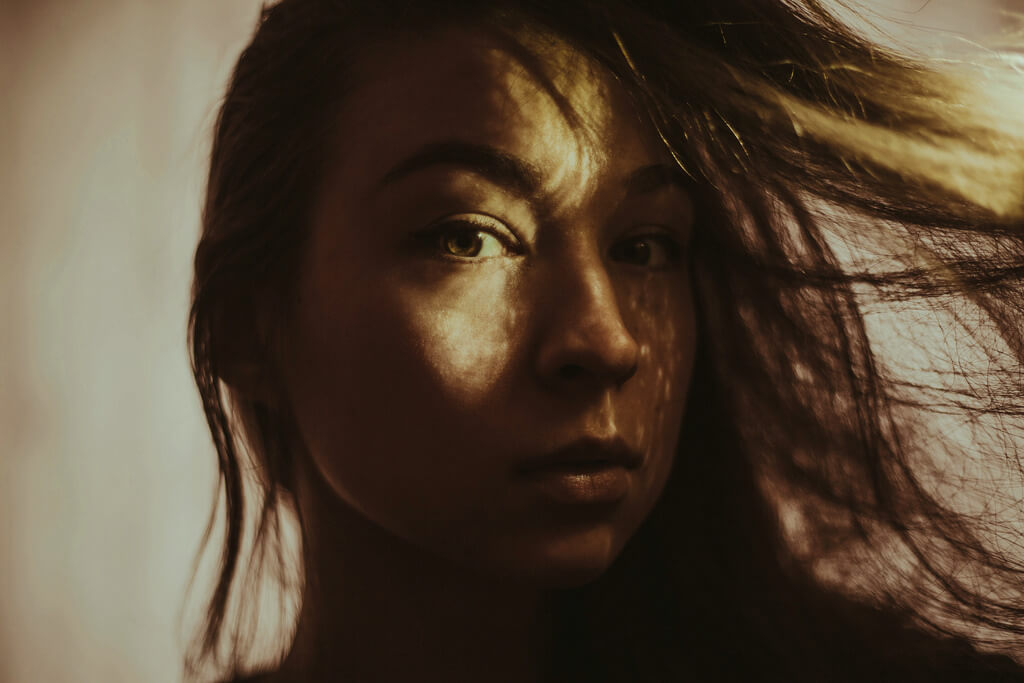
#2 Side Light and Textures
Direct artificial light is too harsh for most portraits. To soften its brightness, you can cover it using paper, curtains, or hair. Treat your source of light like the harsh midday sun; if you use it wisely, you’ll get to experiment with a lot of stunning shadows.
When I take close-ups using artificial light, I like to experiment with hair shadows. Hair is unpredictable and never looks the same, so it’s the perfect resource for unique portraits.
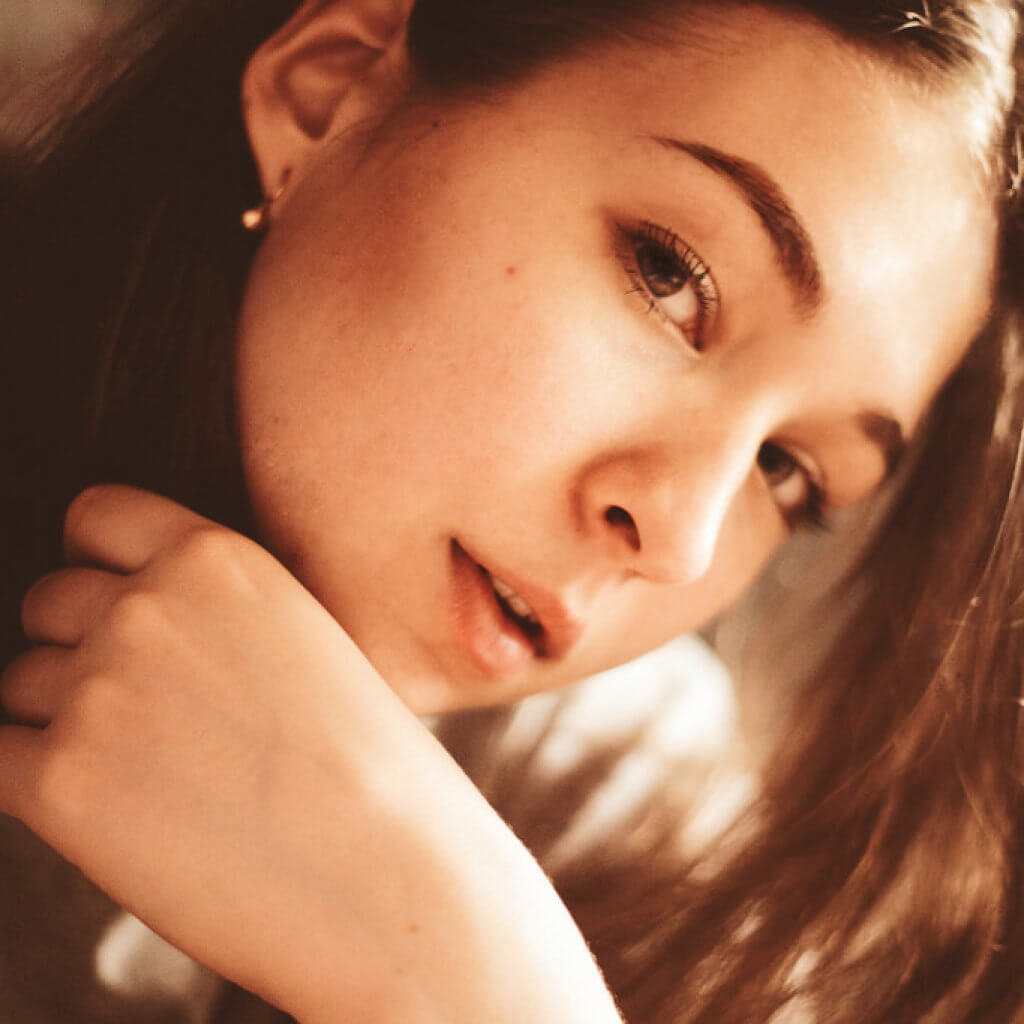
#3 Lamplight with a Natural Reflector
You can create softer light using a DIY reflector such as a sheet of paper or a white wall.
To take the photo above, I sat next to a lamp while its light reflected off a white wall. This made my face glow and highlighted my hair in the background. Since it was dark when I took this photo, this was the only source of light I used.
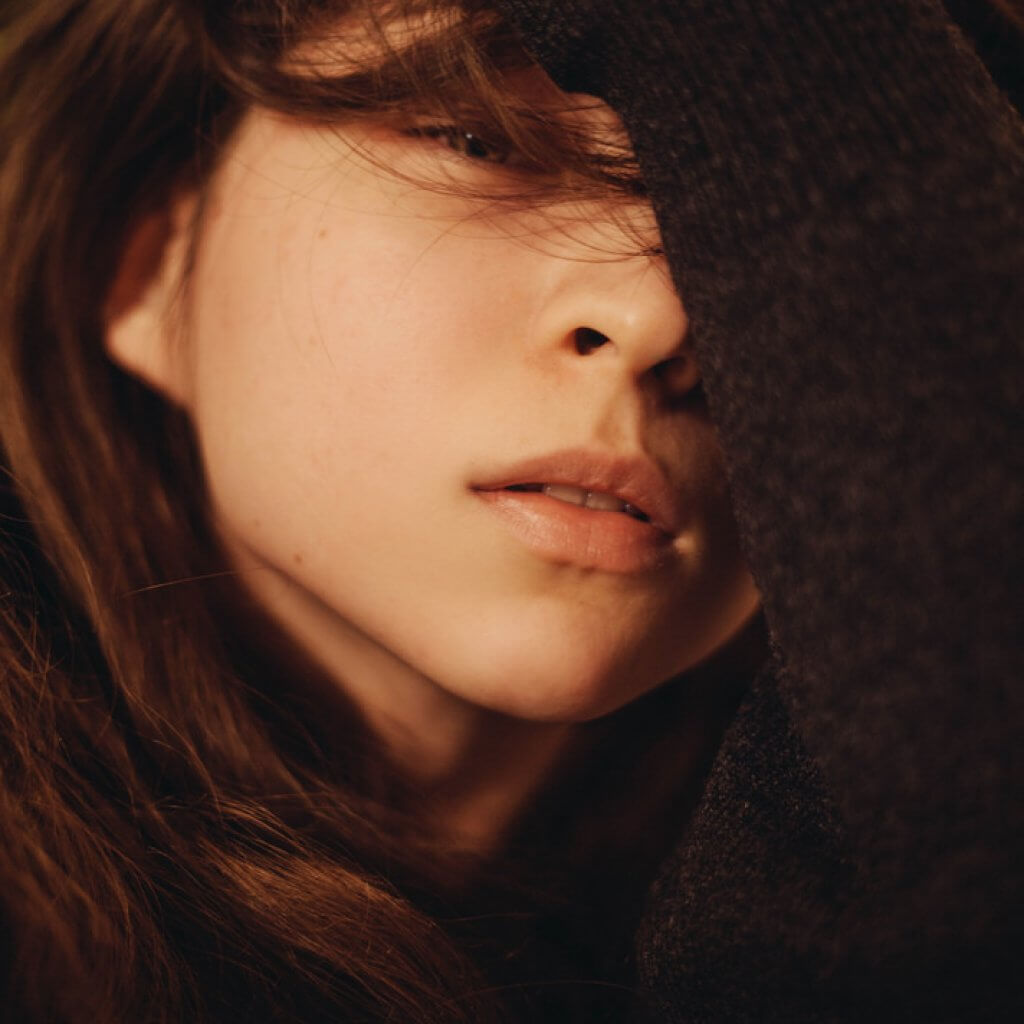
#4 Desaturated Ceiling Light
As uninspiring as ceiling light might seem, it can be used to take eye-catching portraits. To take the photo above, all I needed to do was lie down under the source of light and pose.
One minor disadvantage of using artificial light is the unusual color temperatures it might create. In this case, my photo looked abnormally orange. Fortunately, issues like this can be easily fixed in editing programs like Lightroom and Photoshop.

To desaturate only orange tones in Lightroom, I go to the Color panel and slide the Saturation panel under Orange to the left.
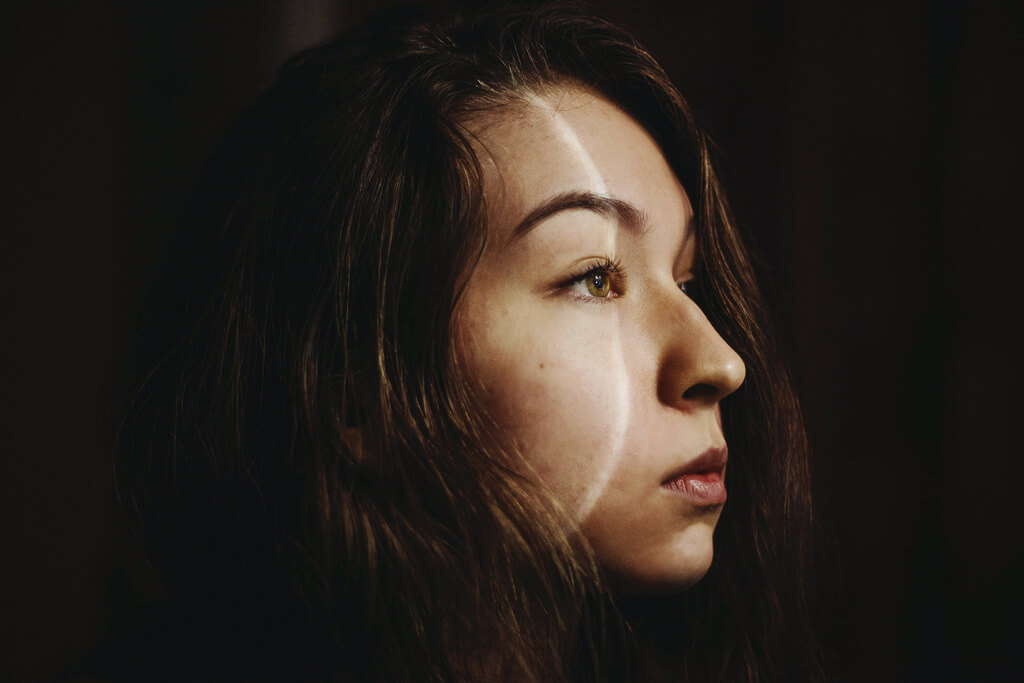
#5 A Torch, a Mirror, and Interesting Reflections
Point your torch at various glass surfaces and you’ll get interesting reflections. (If you want to create a rainbow effect, replace those surfaces with a CD.)
My favorite reflectors are mirrors, particularly those small, round ones. They can be used to create streaks of light like the one in the photo above. Even though it’s challenging to work with such details, it’s exceedingly fun to challenge yourself and get impressive results at the same time.
You don’t need to have a lot of money to take classical portraits. All you need is your beloved camera, a great imagination, and a few everyday tools.
Which of these ideas stands out to you the most? Comment below!

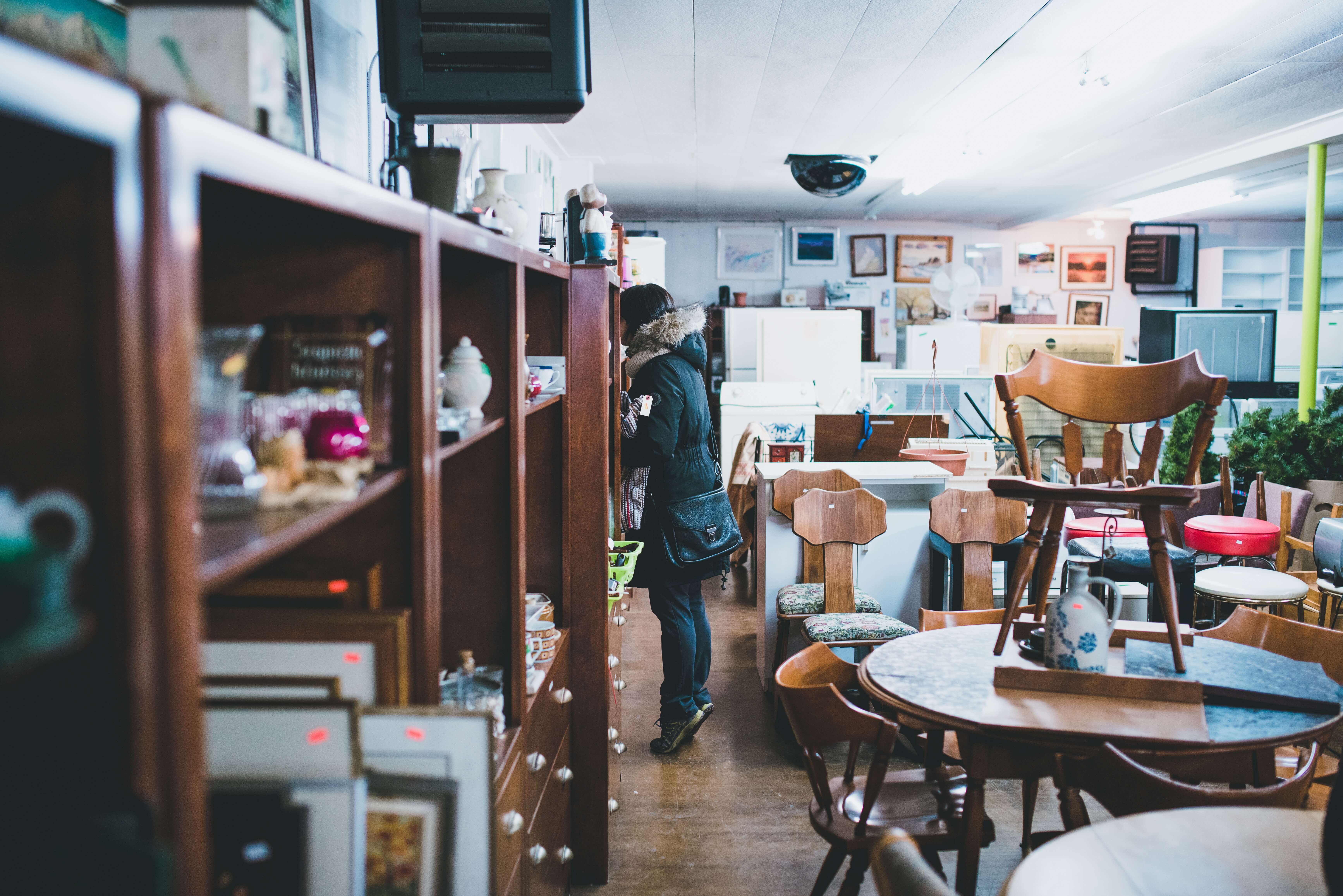
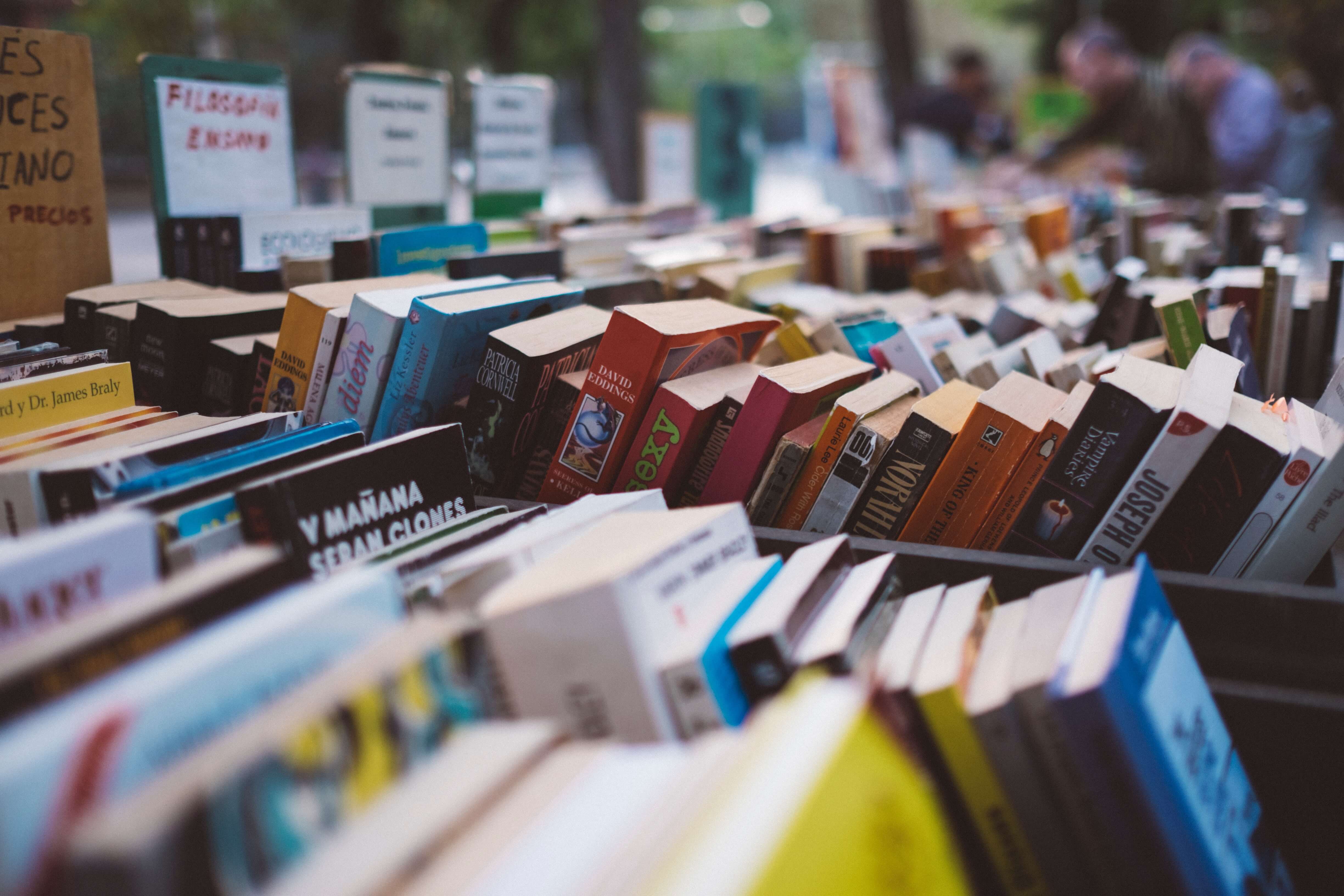
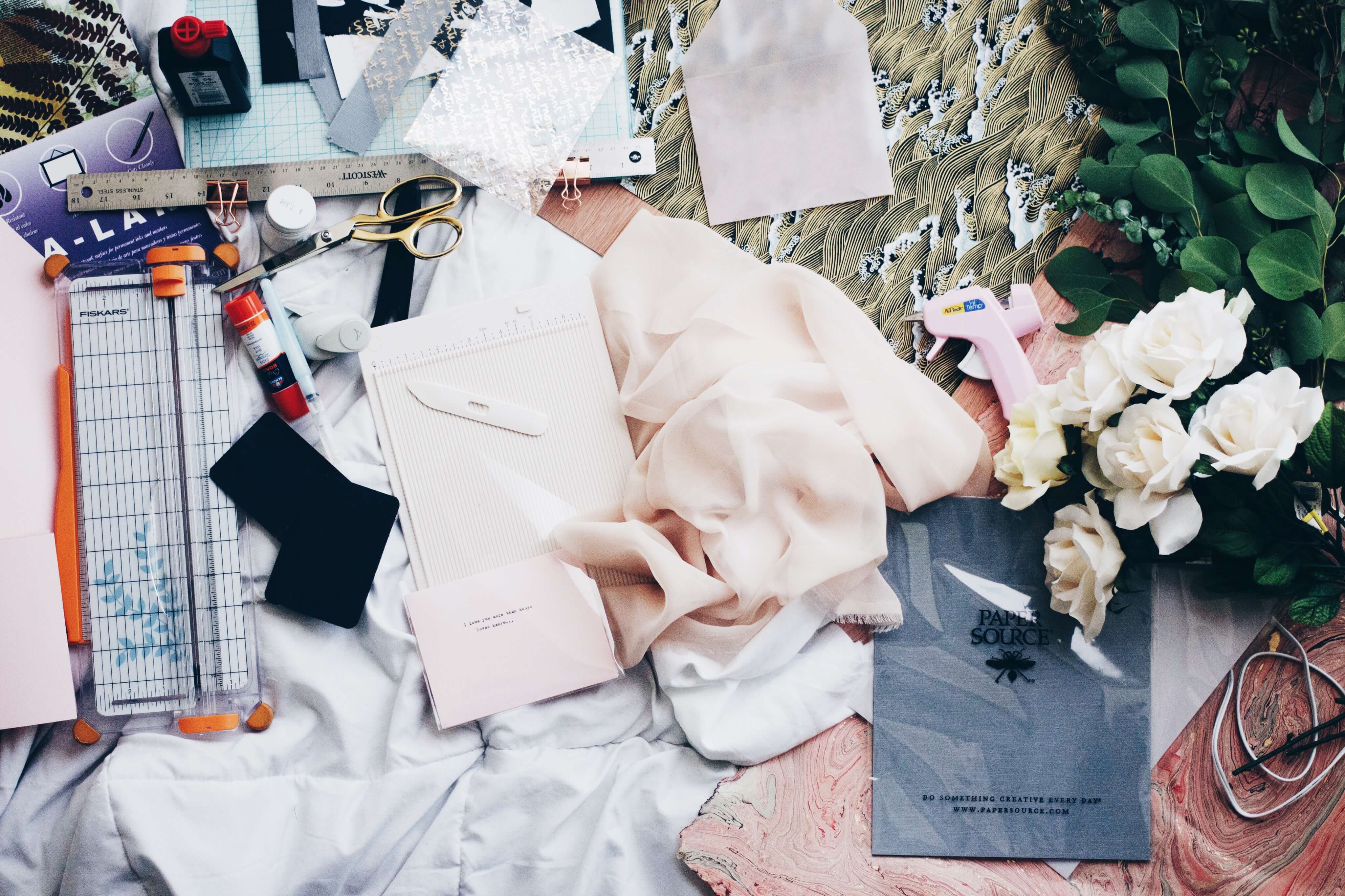
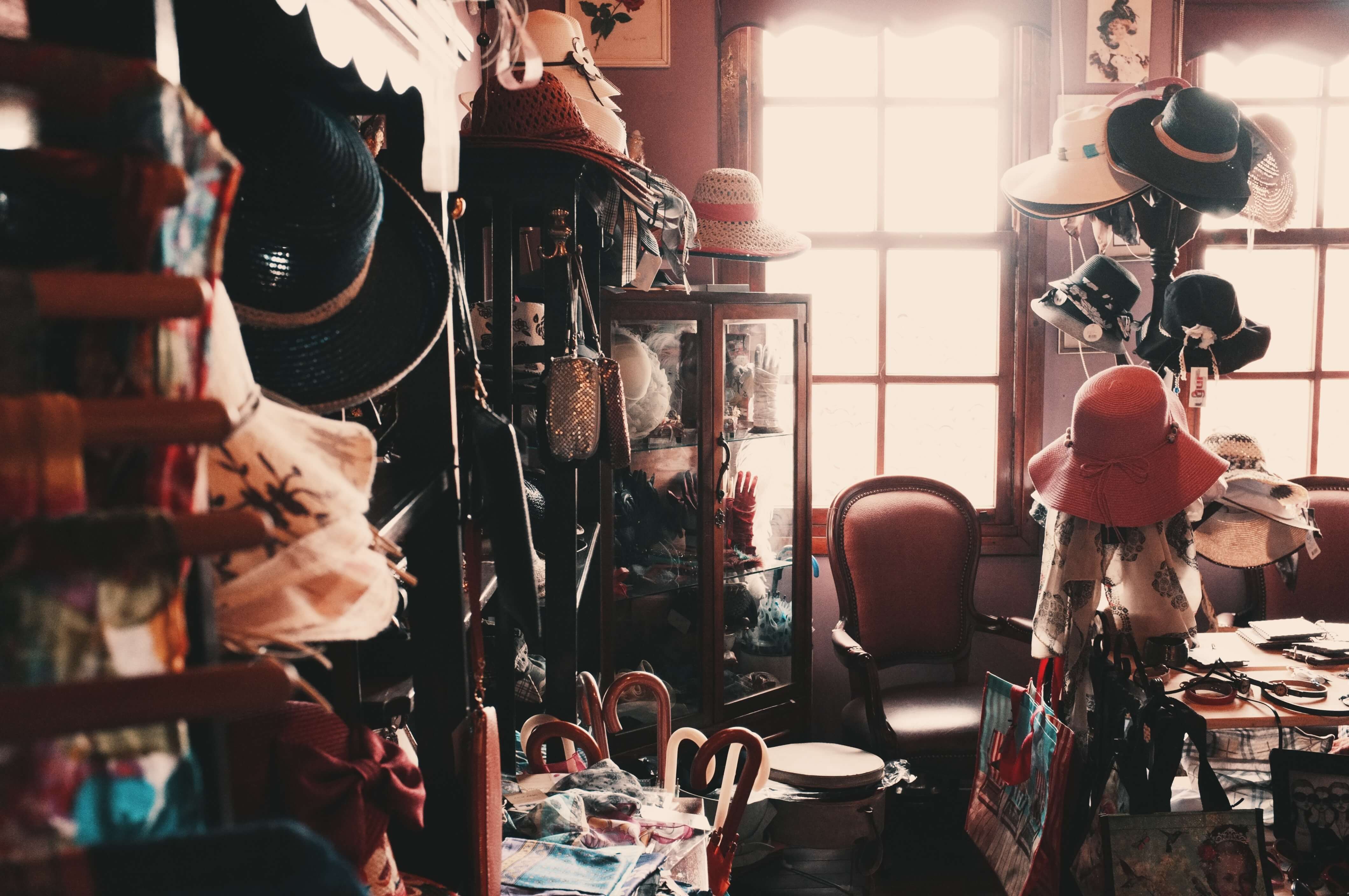


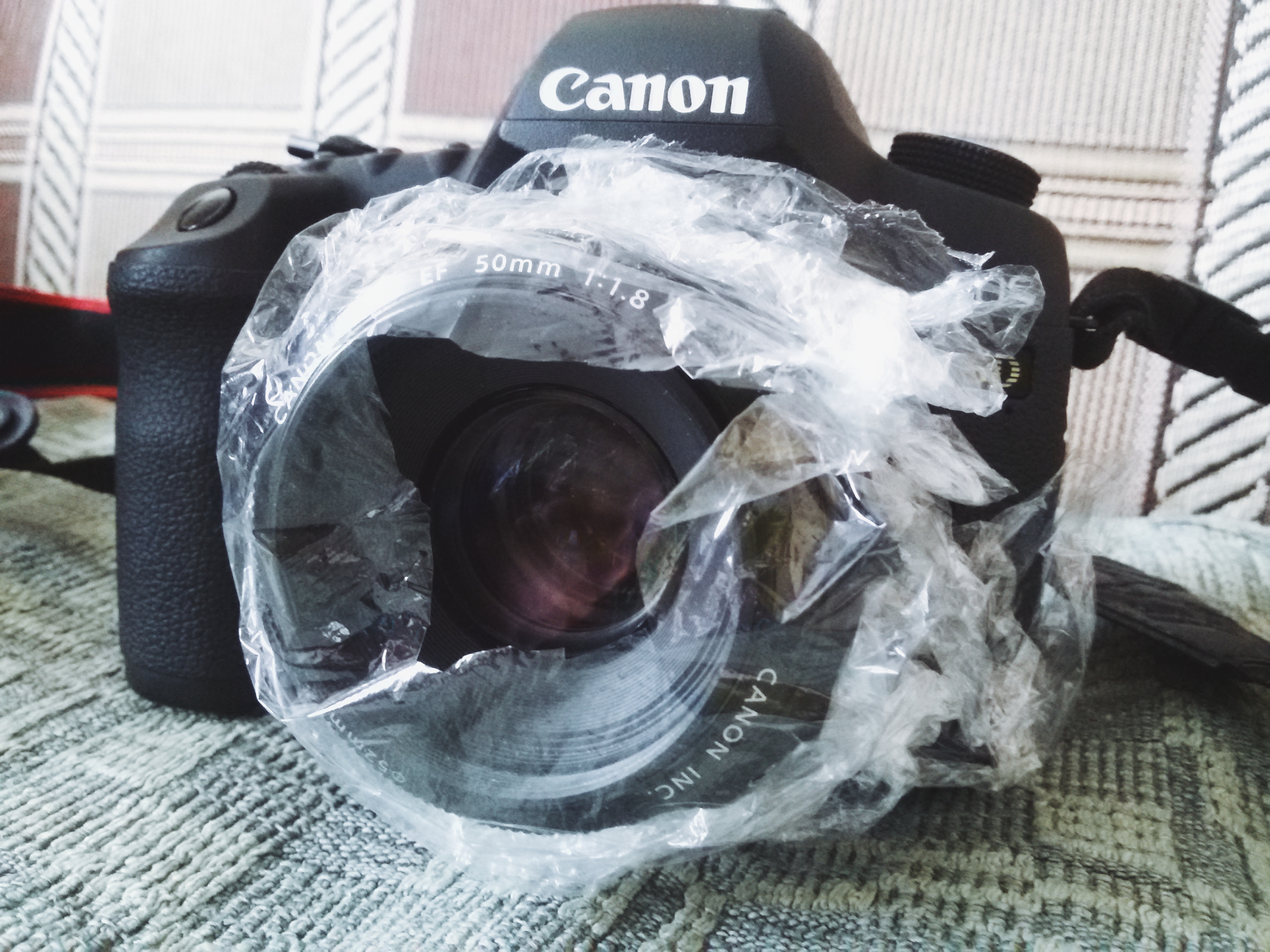
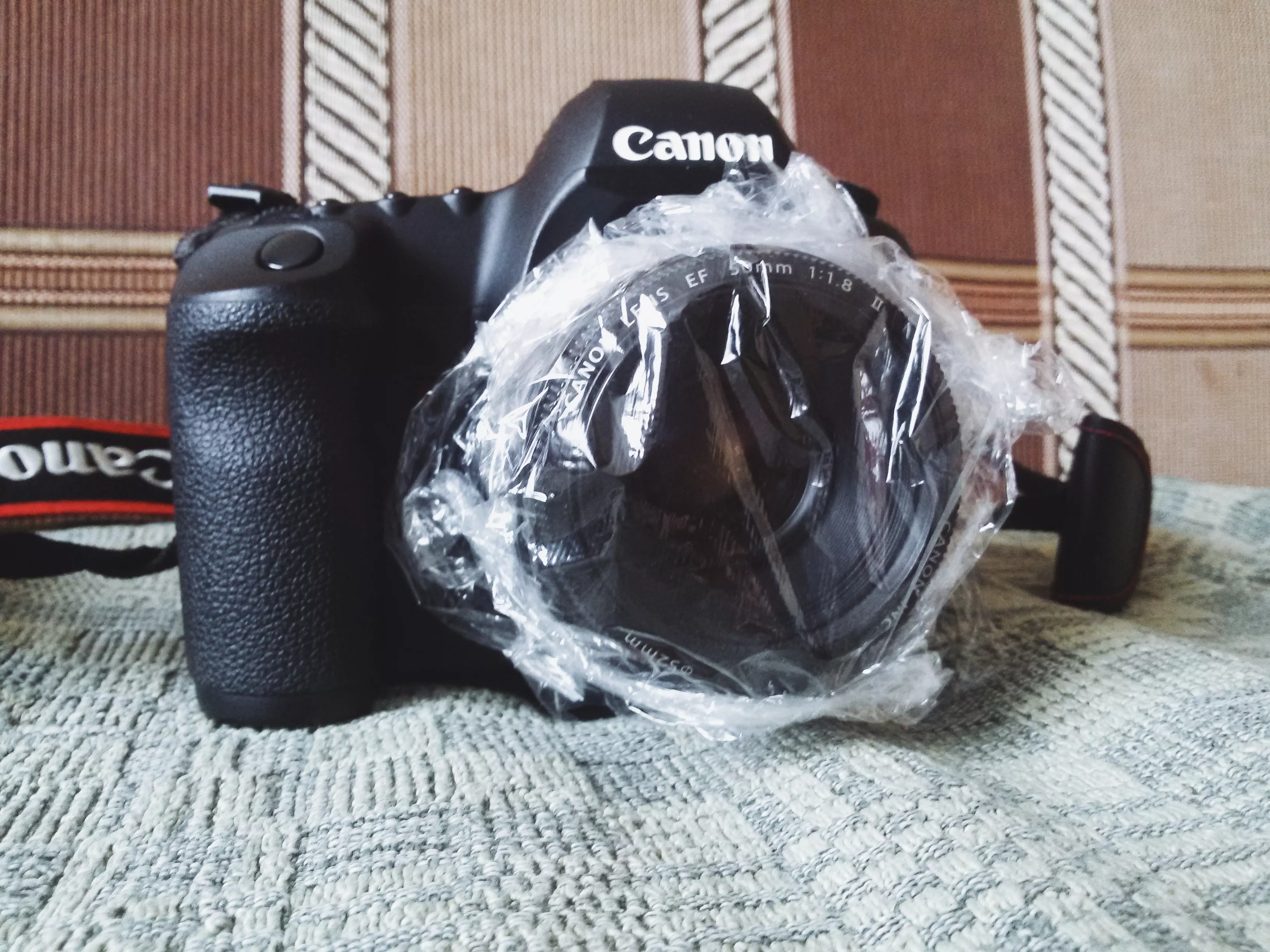
 This portrait is a combination of cellophane, free textures, and a Lightroom preset.
This portrait is a combination of cellophane, free textures, and a Lightroom preset.
